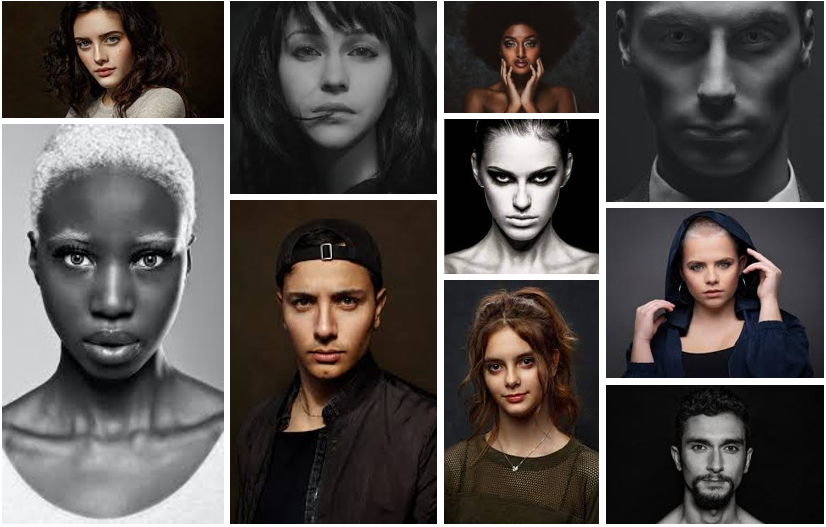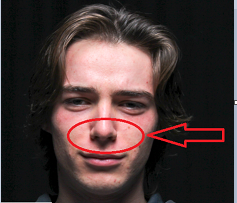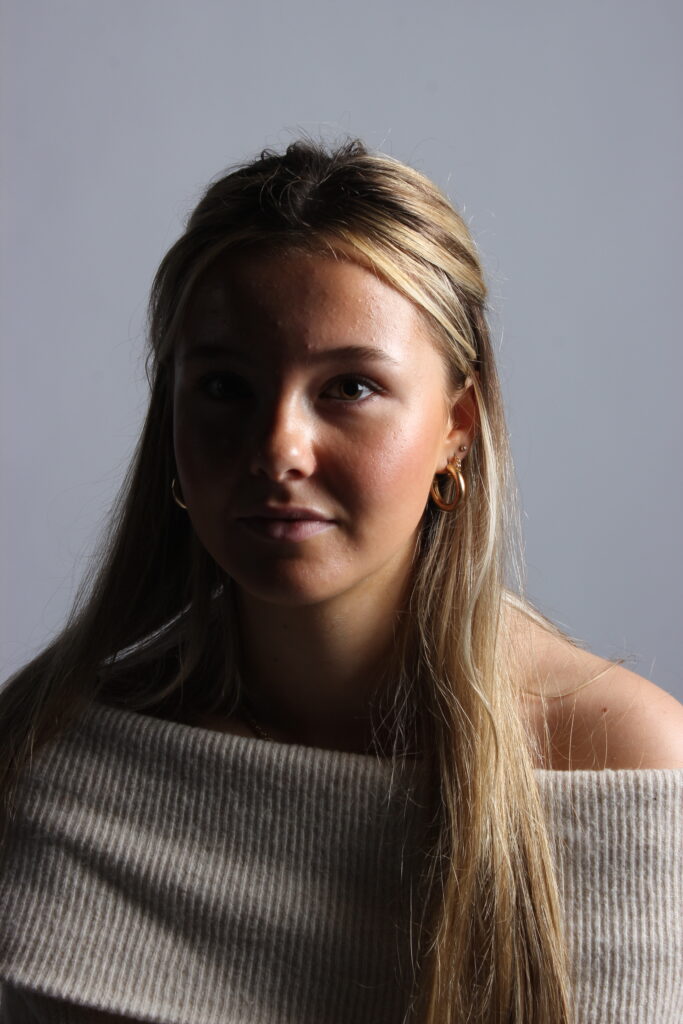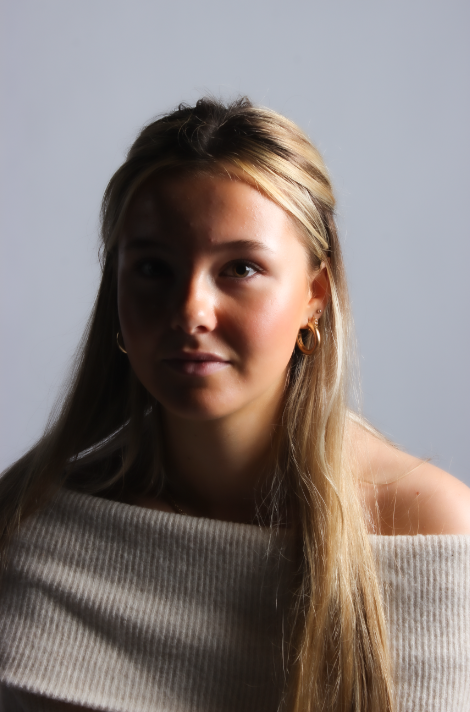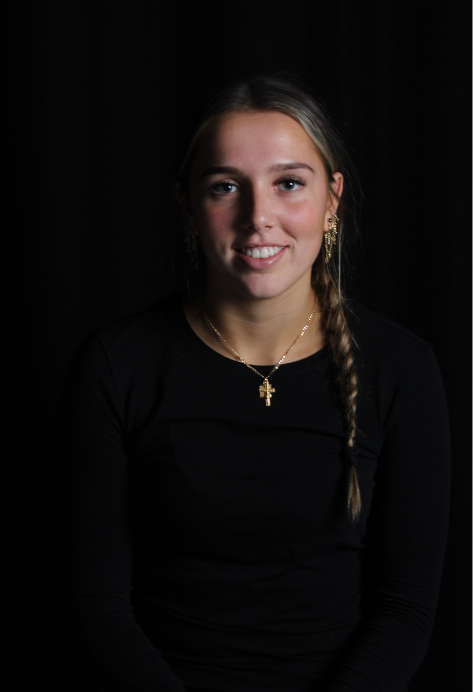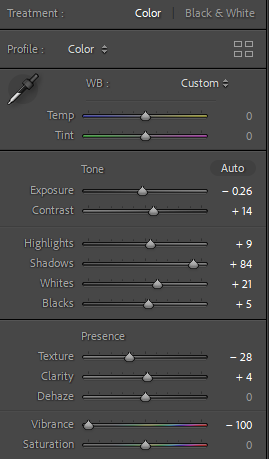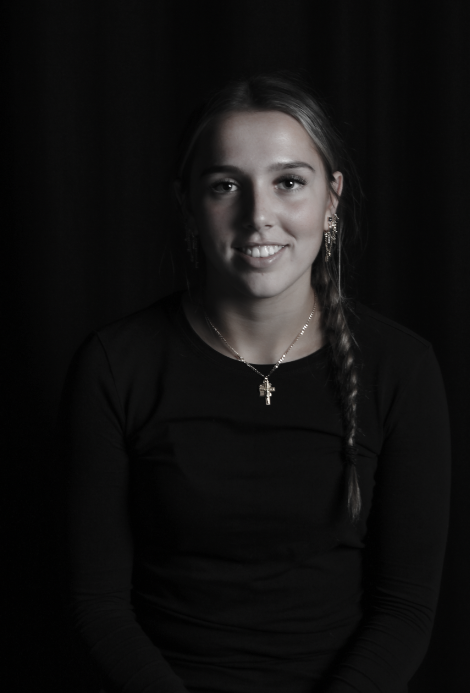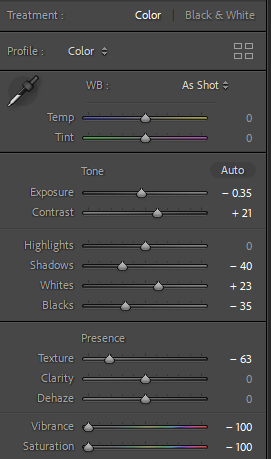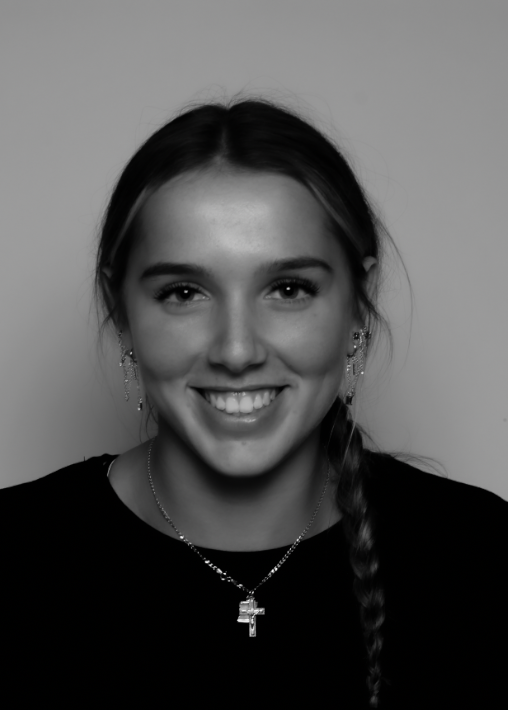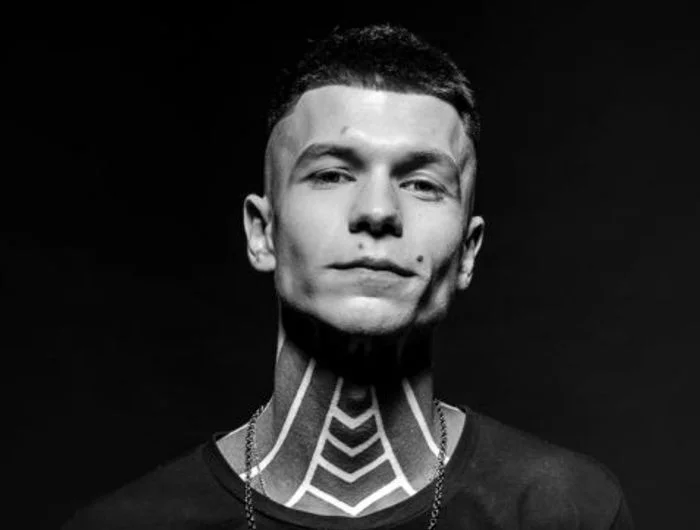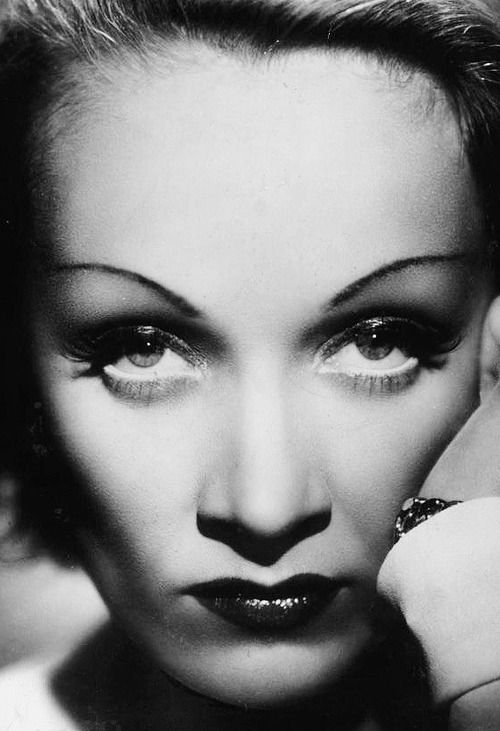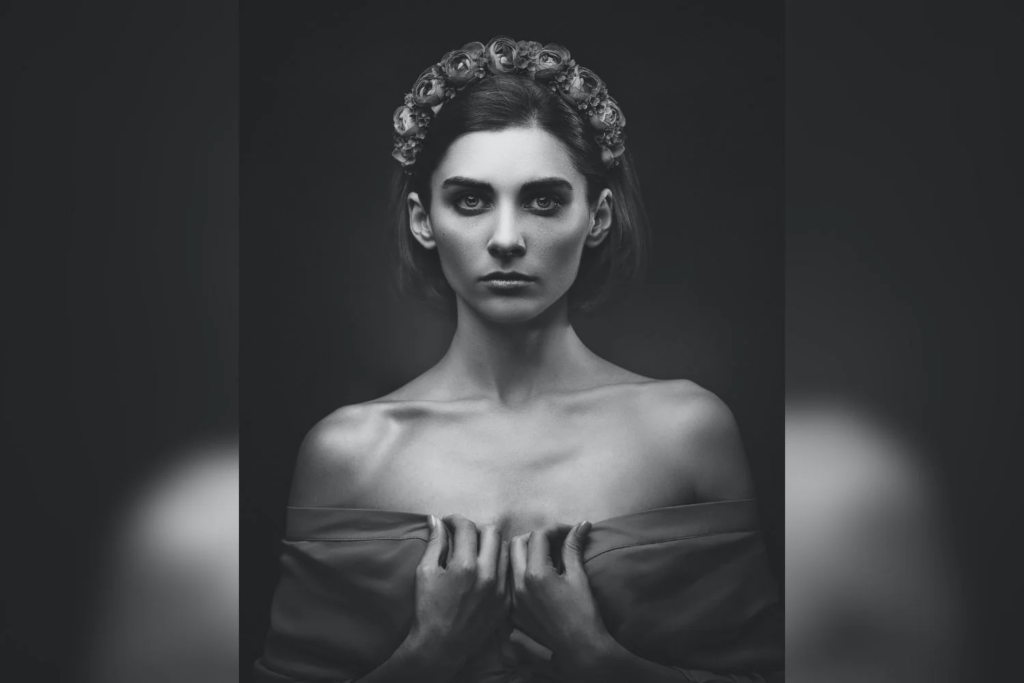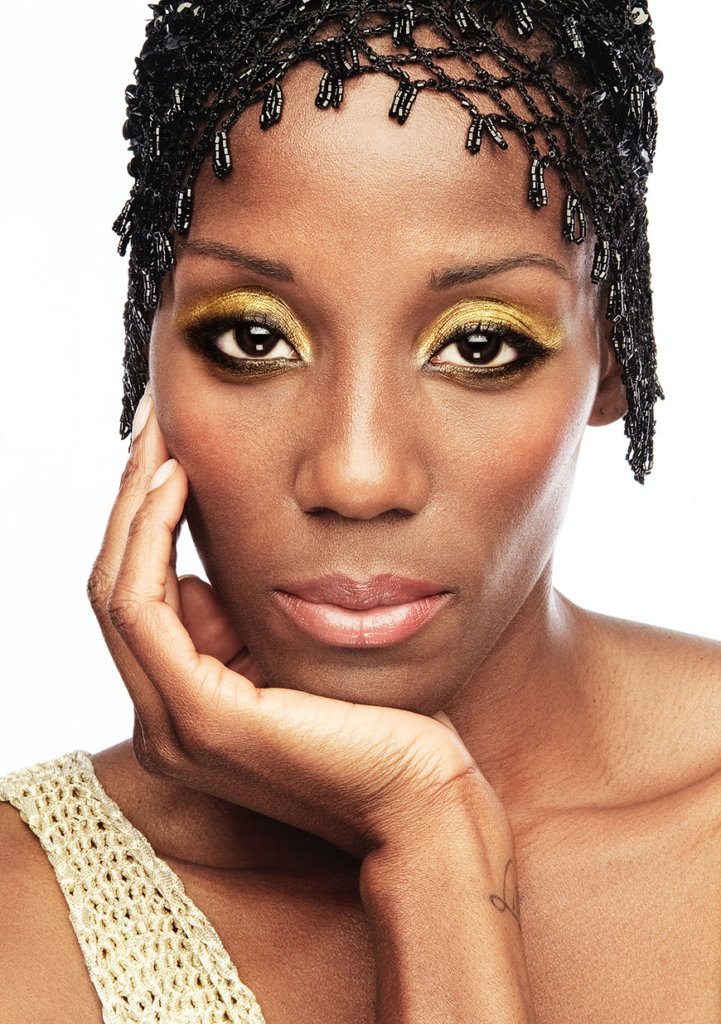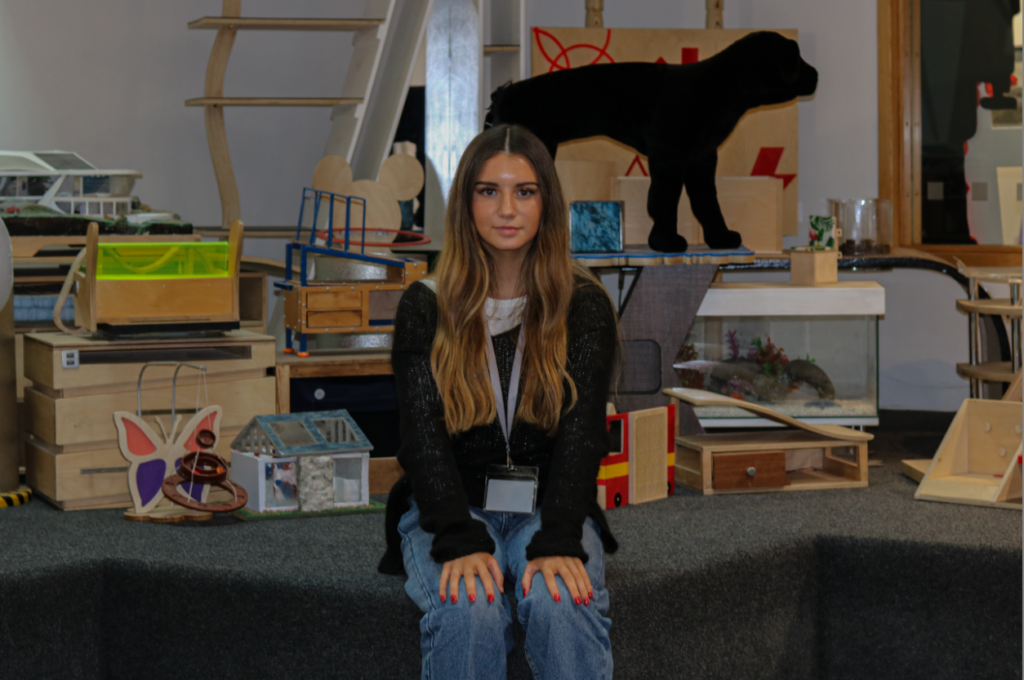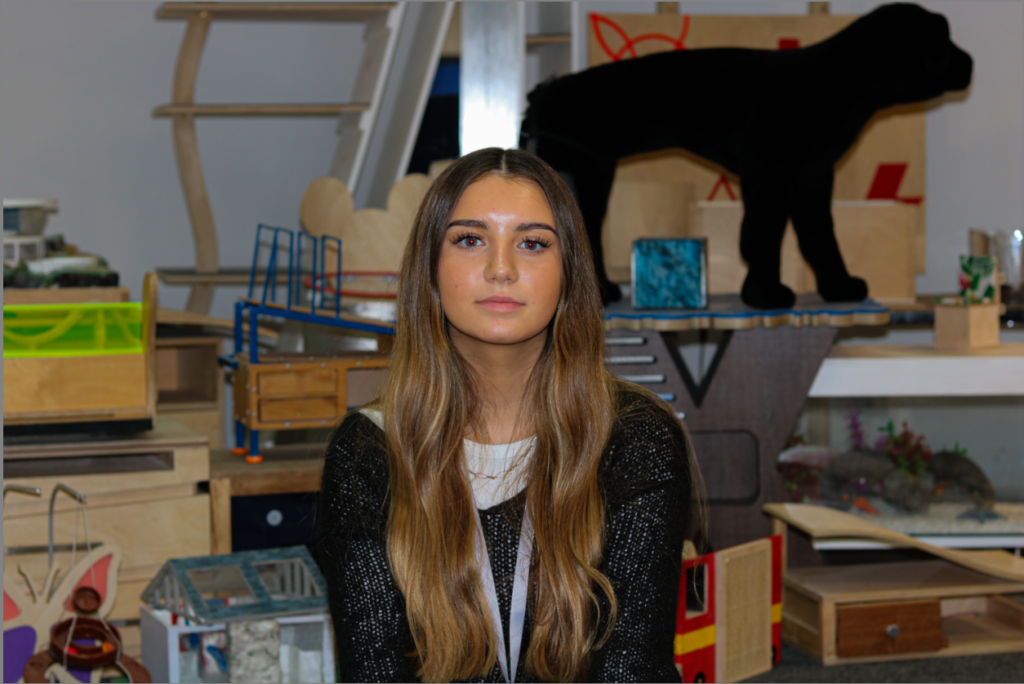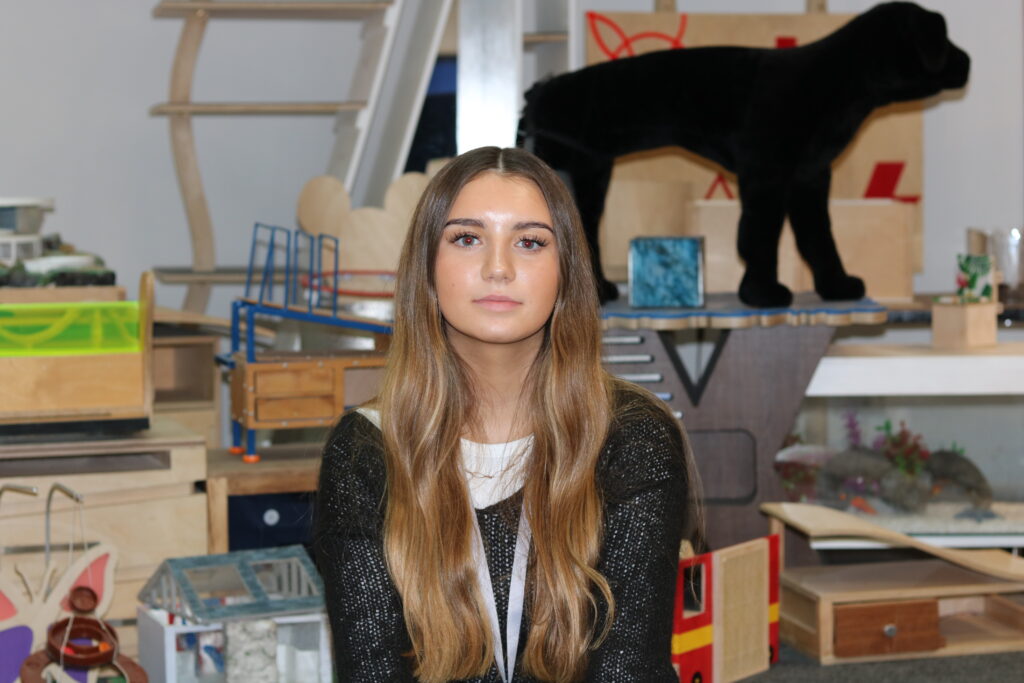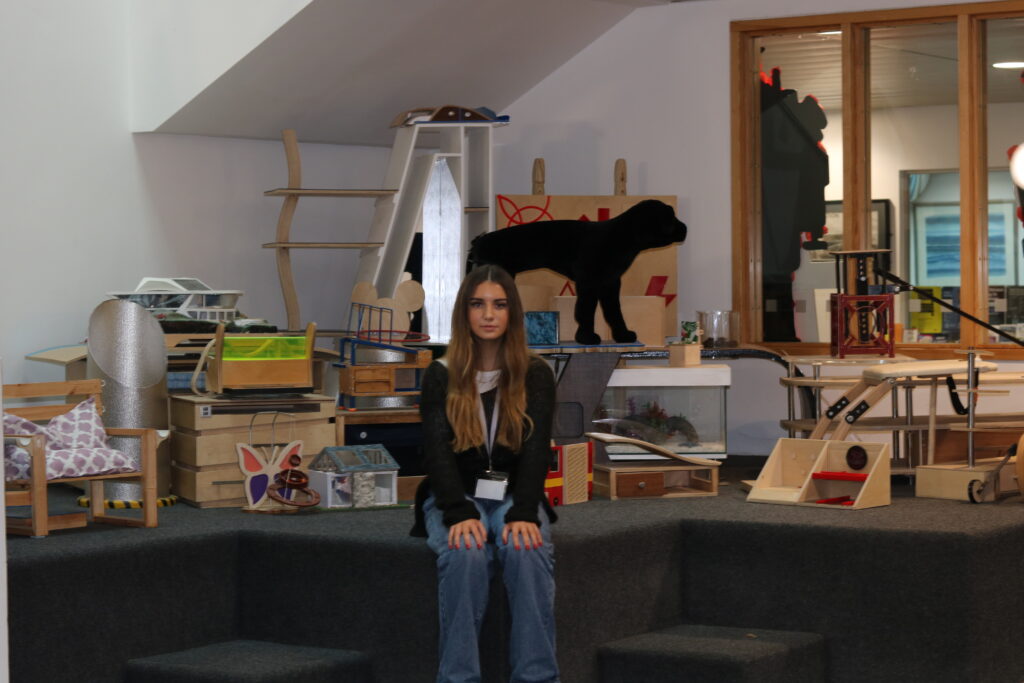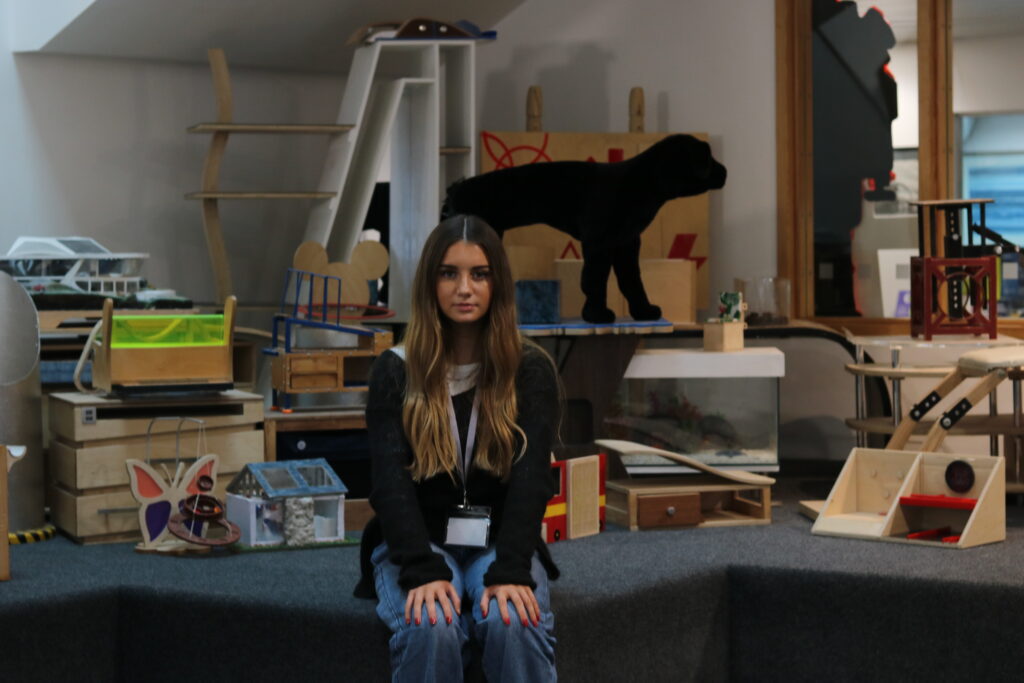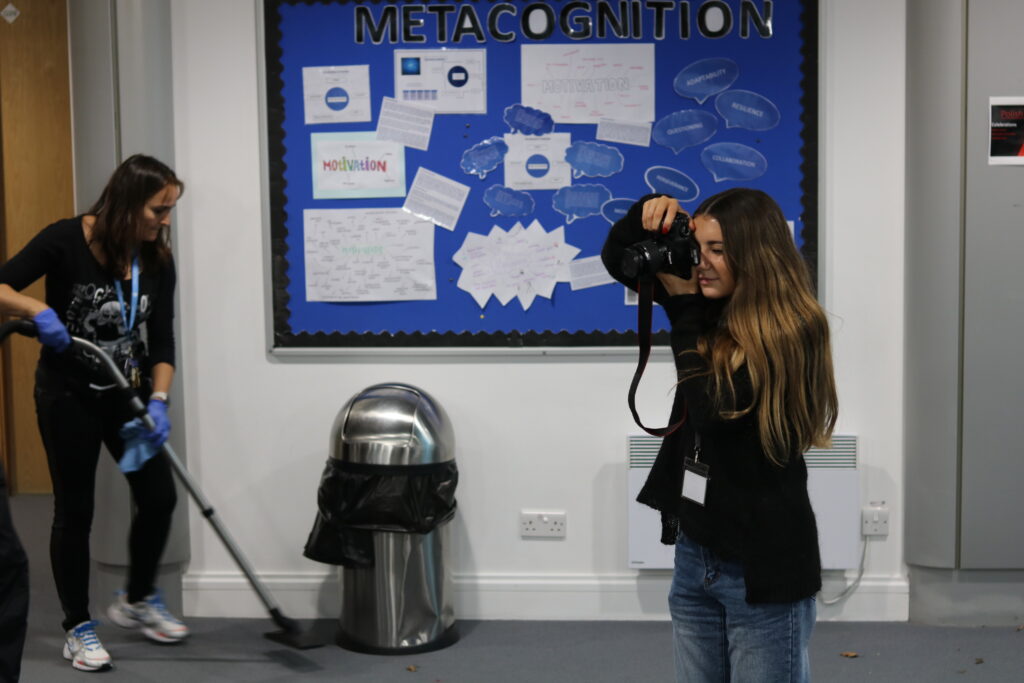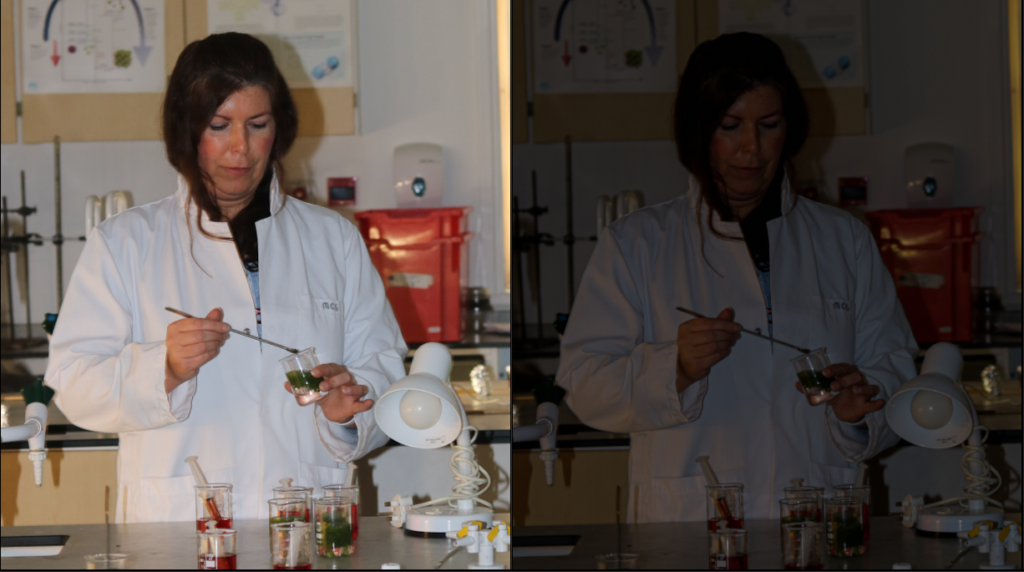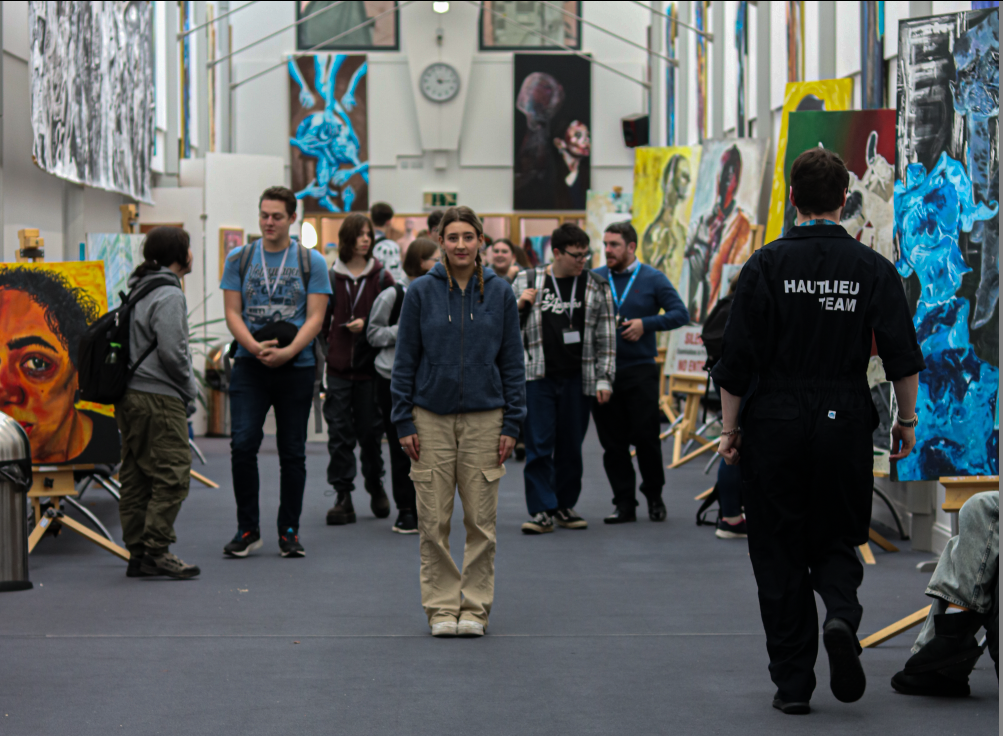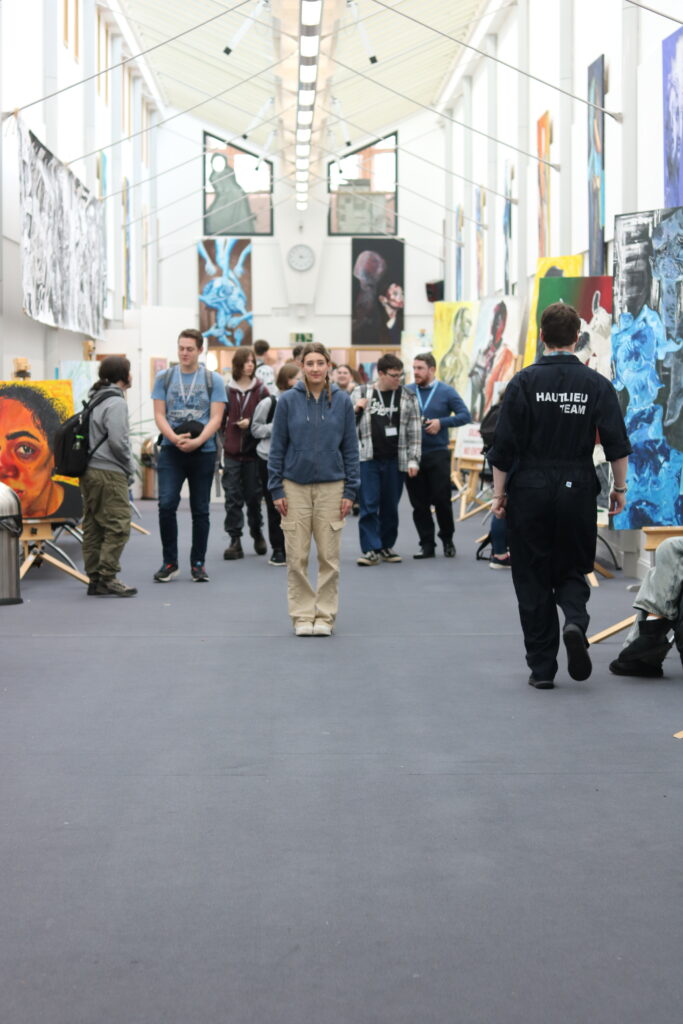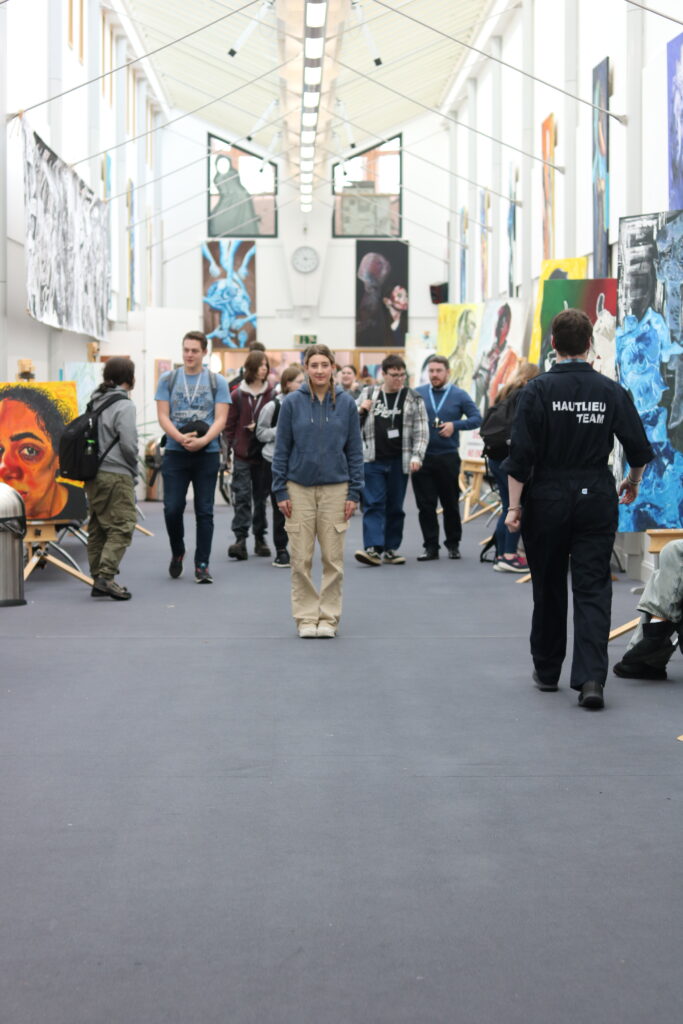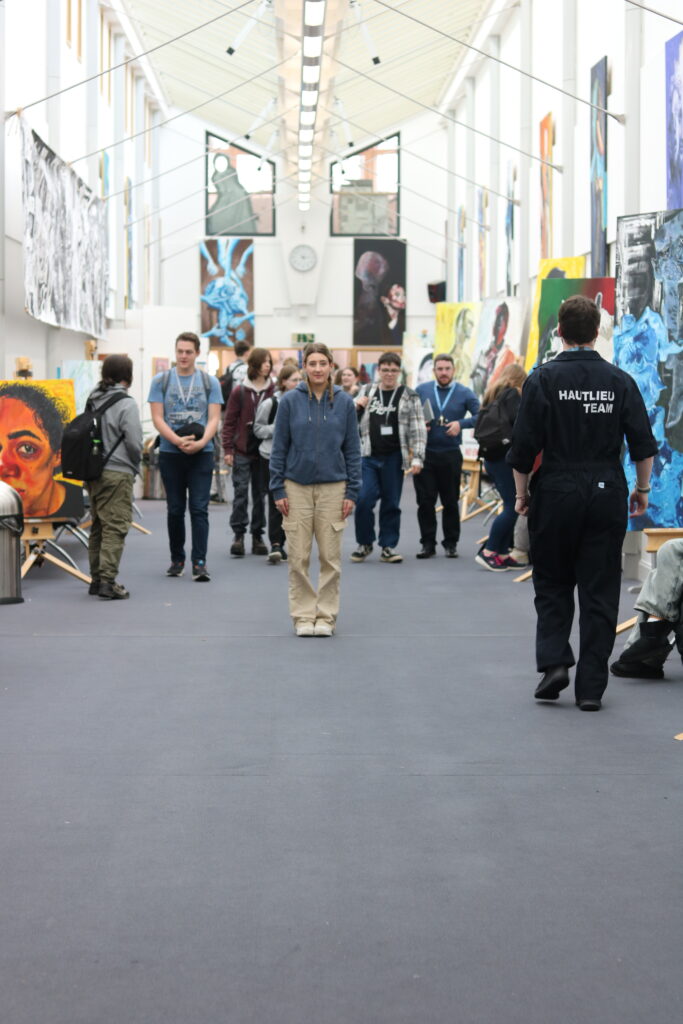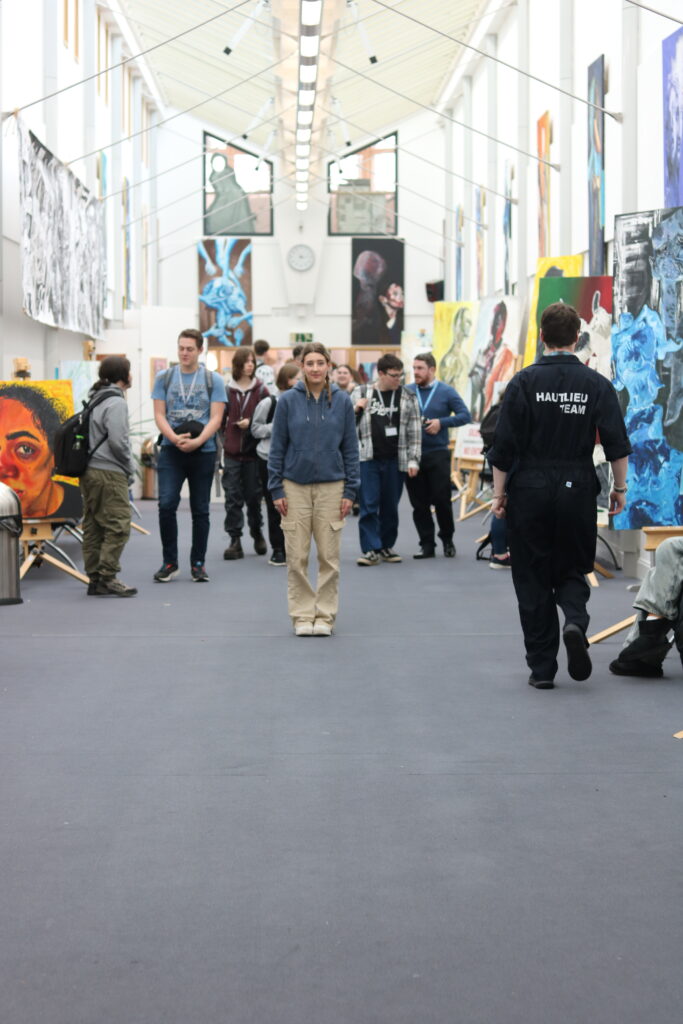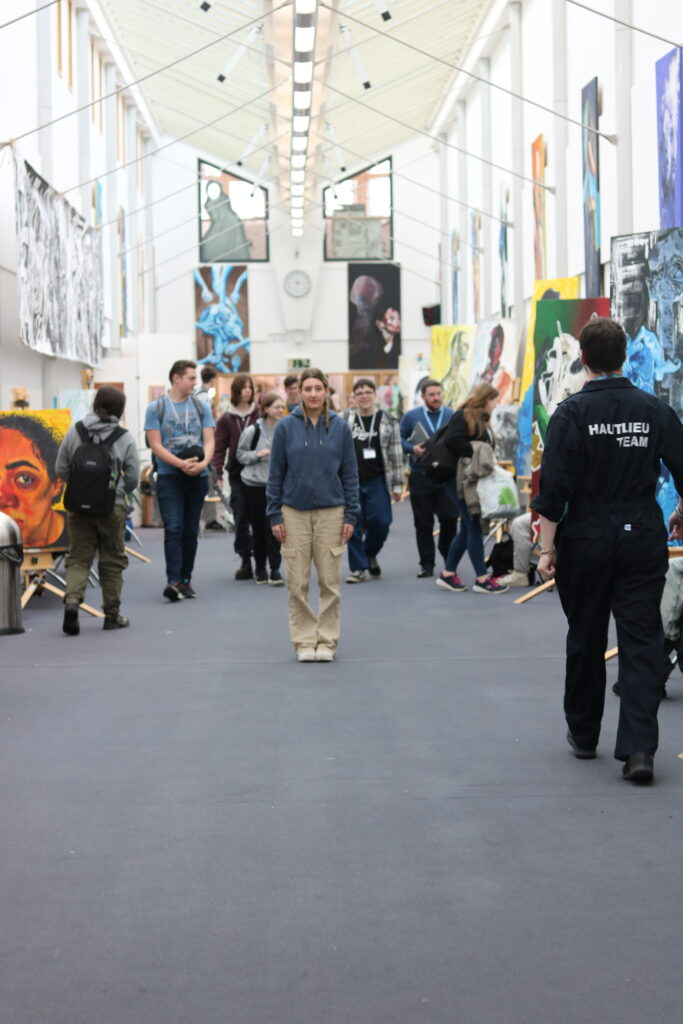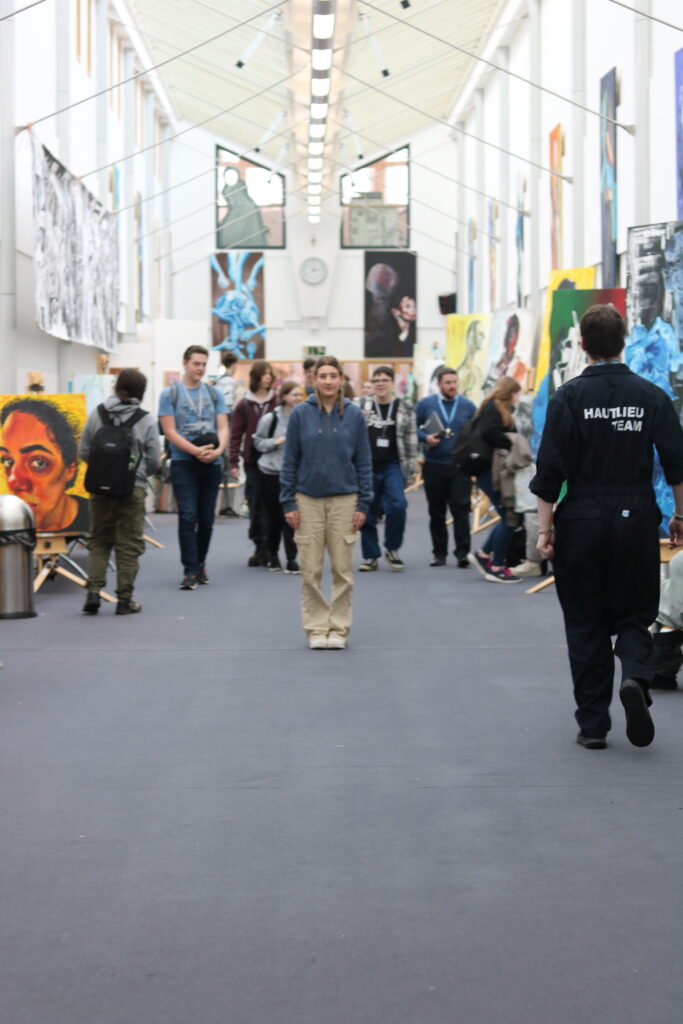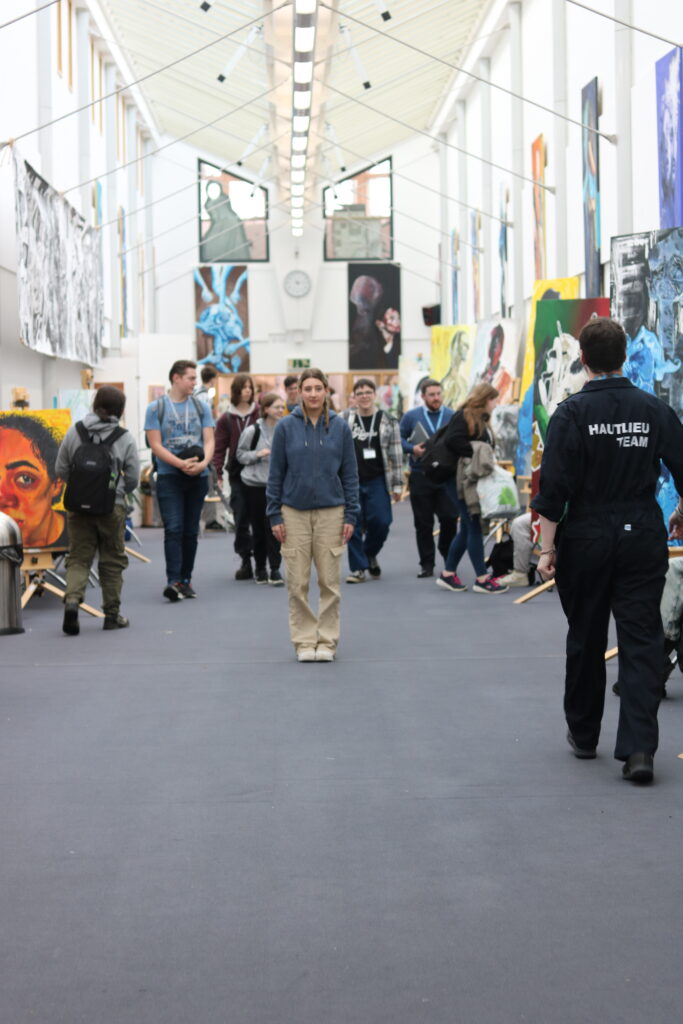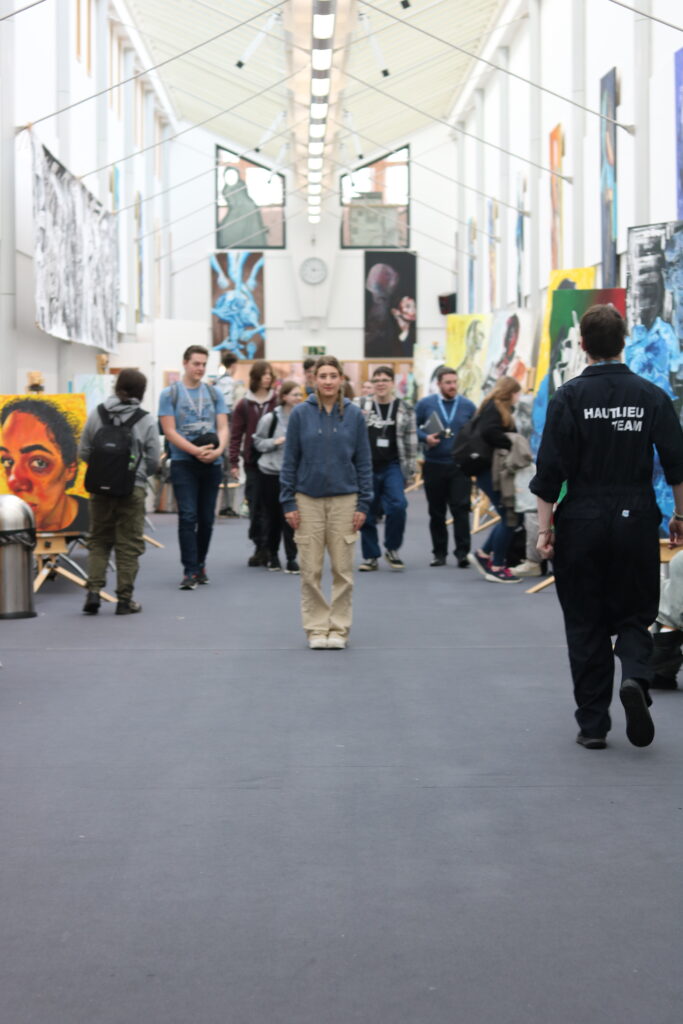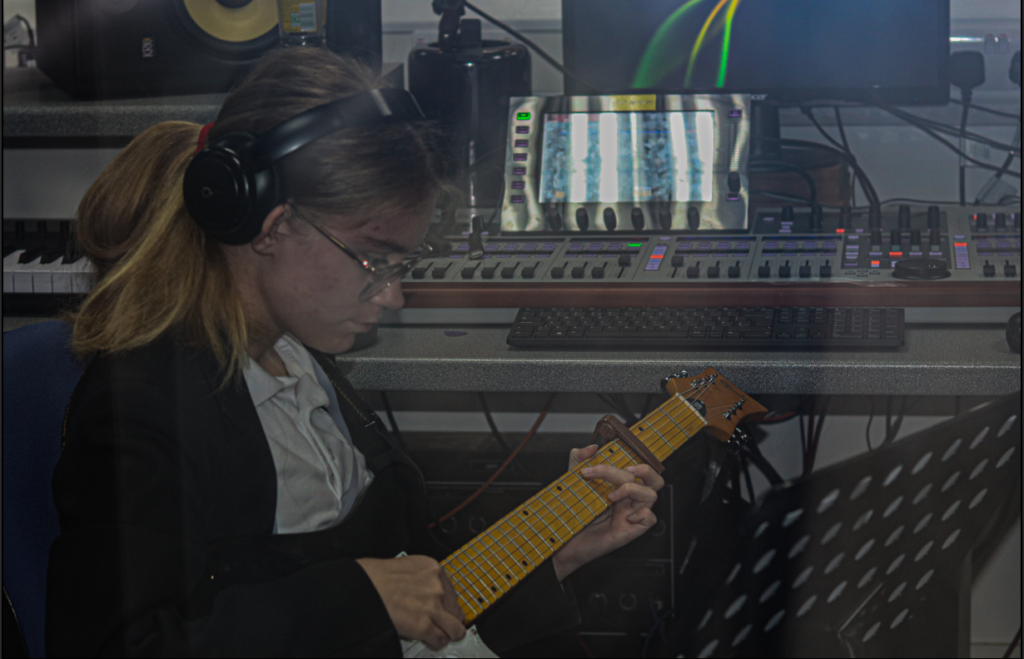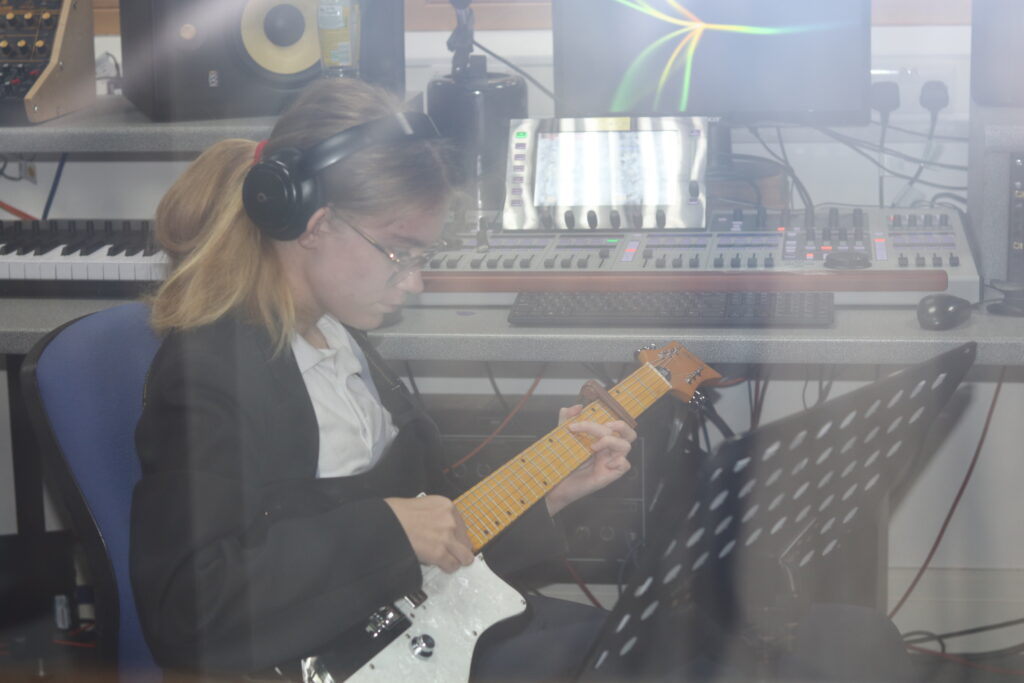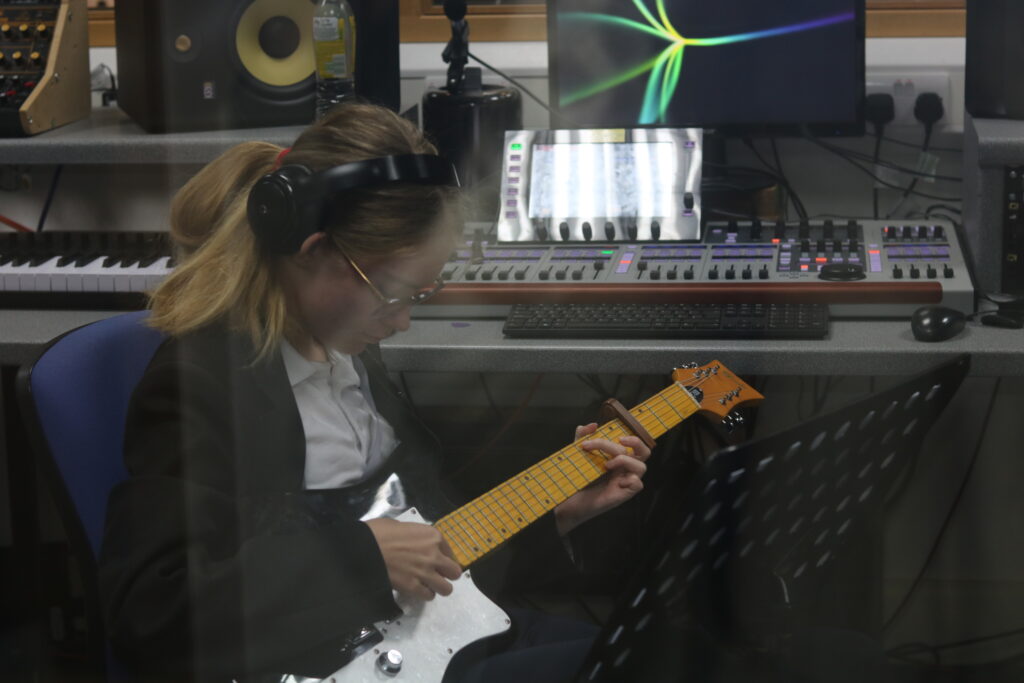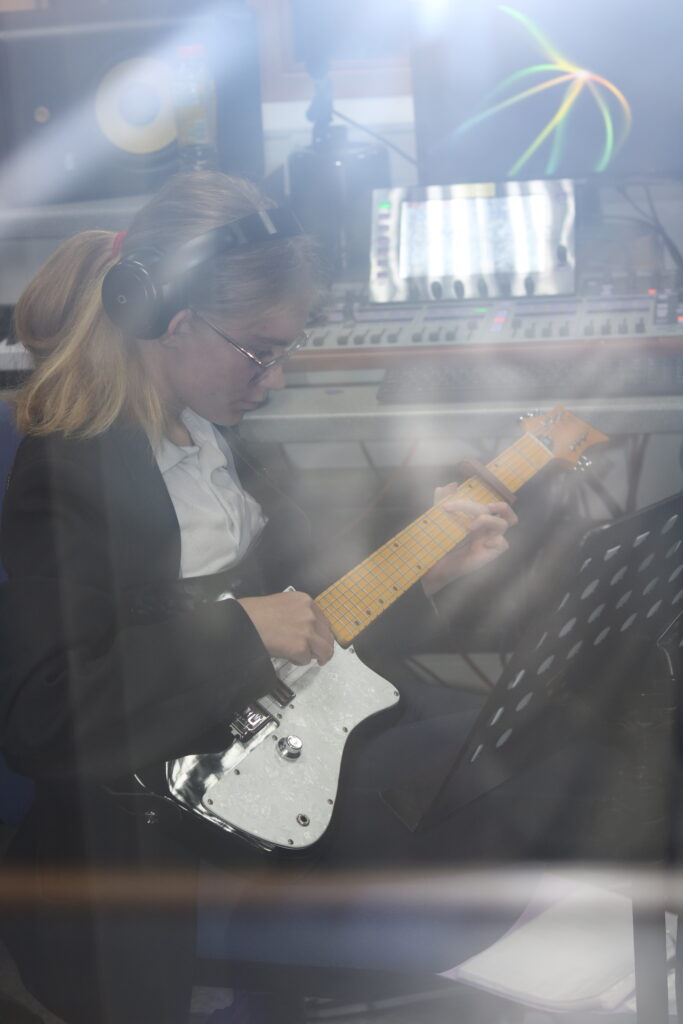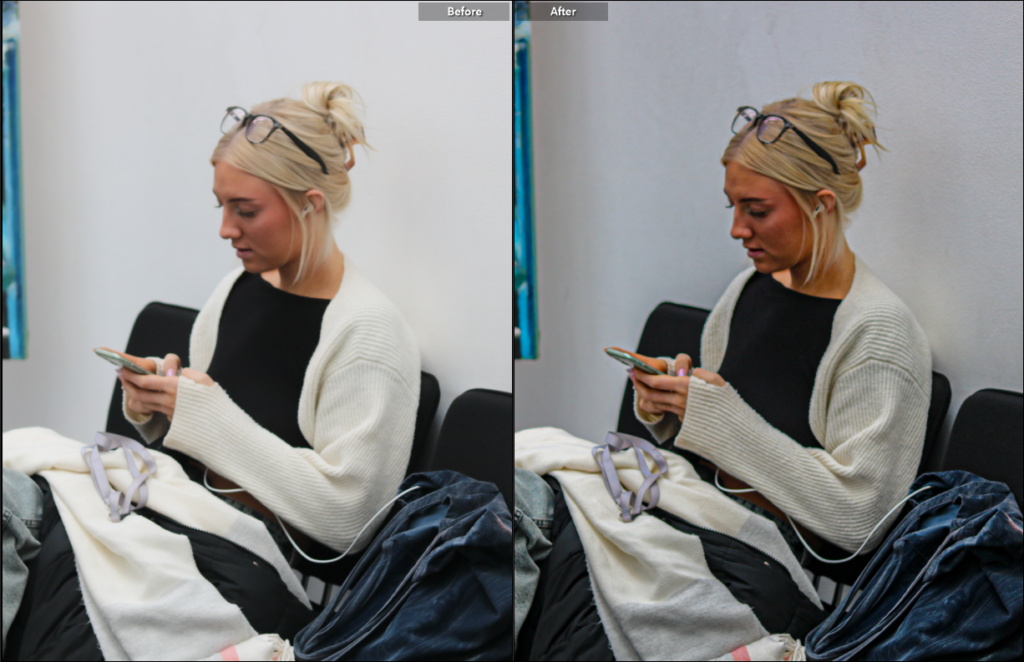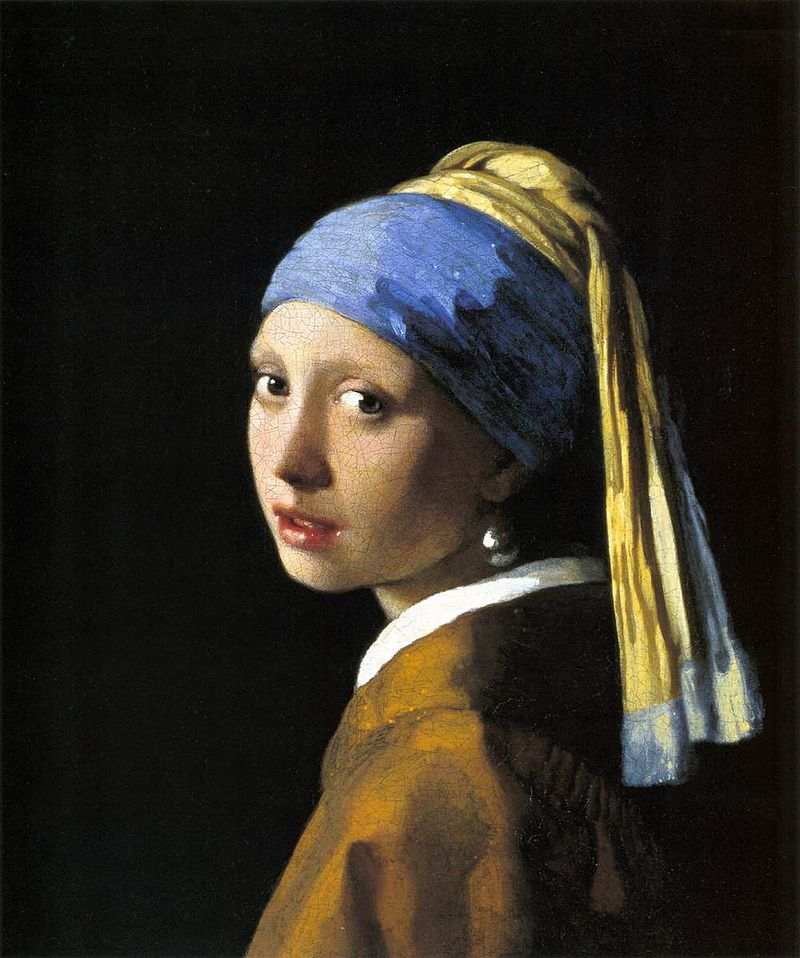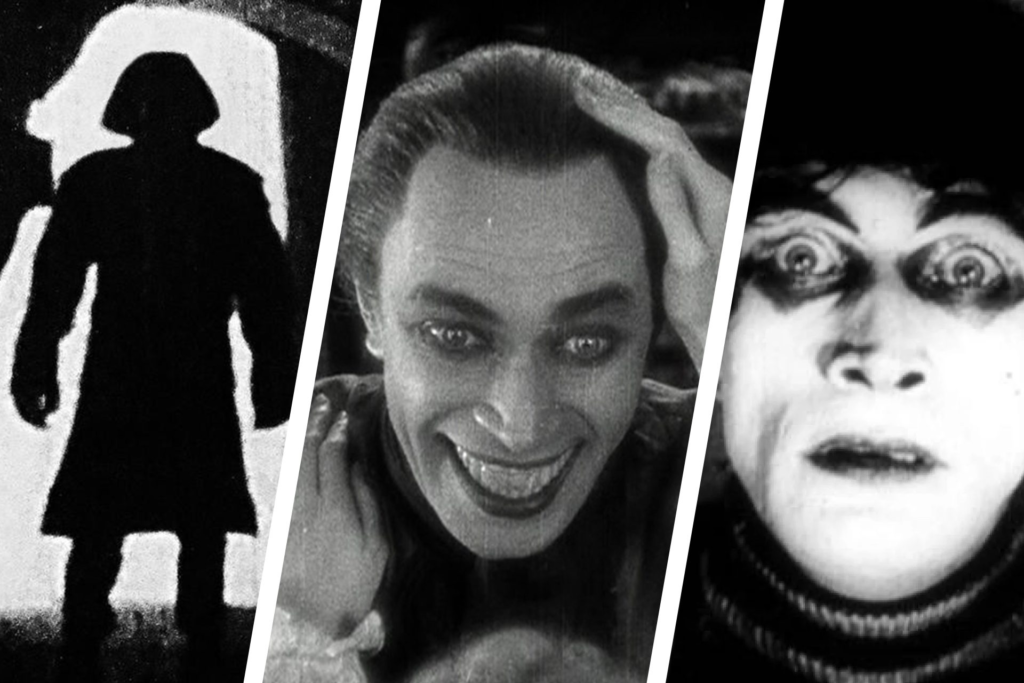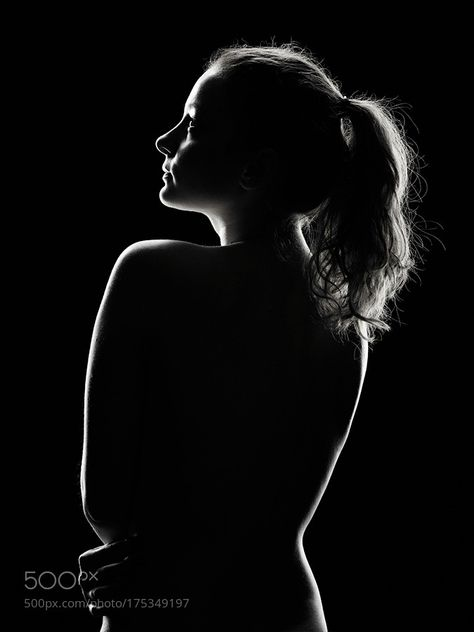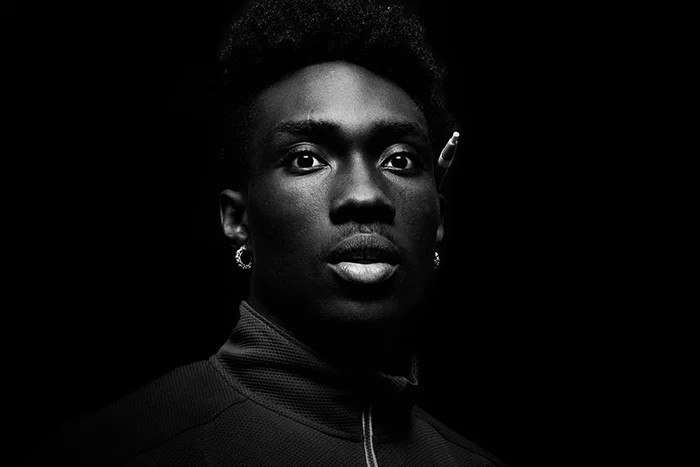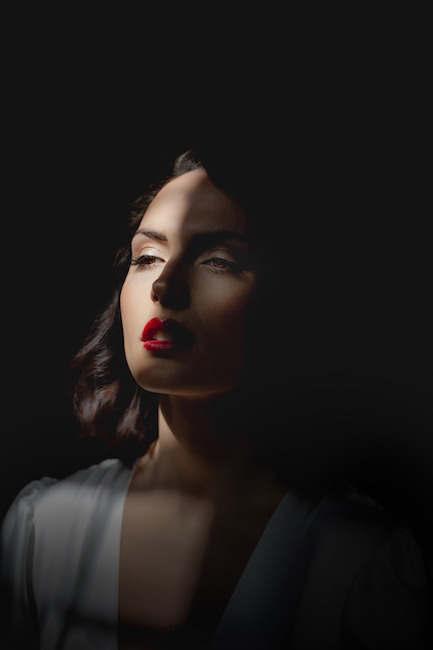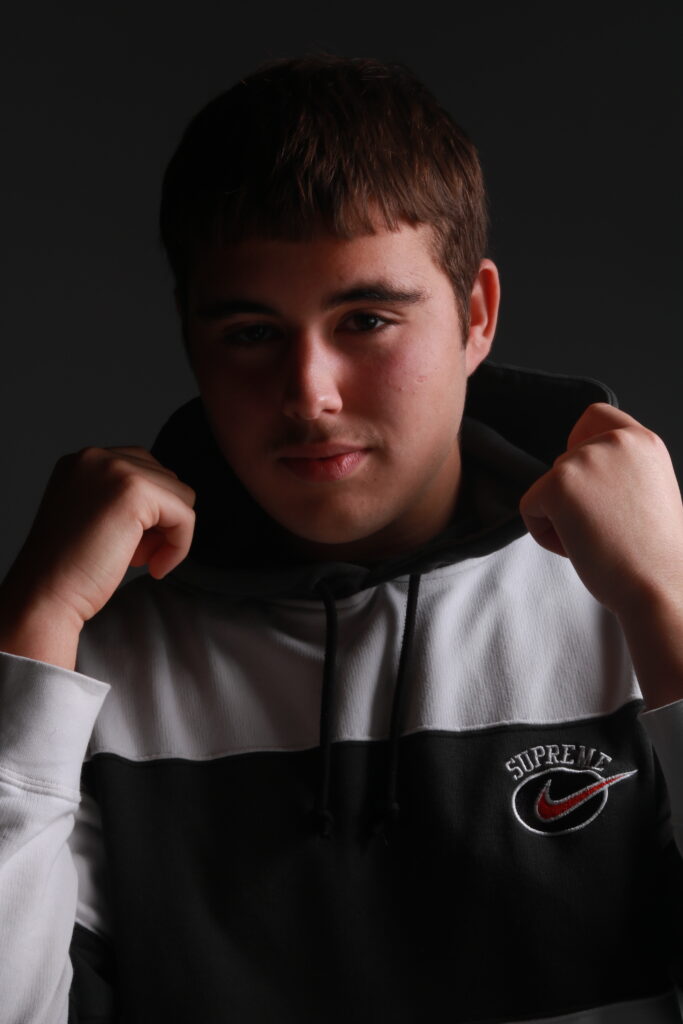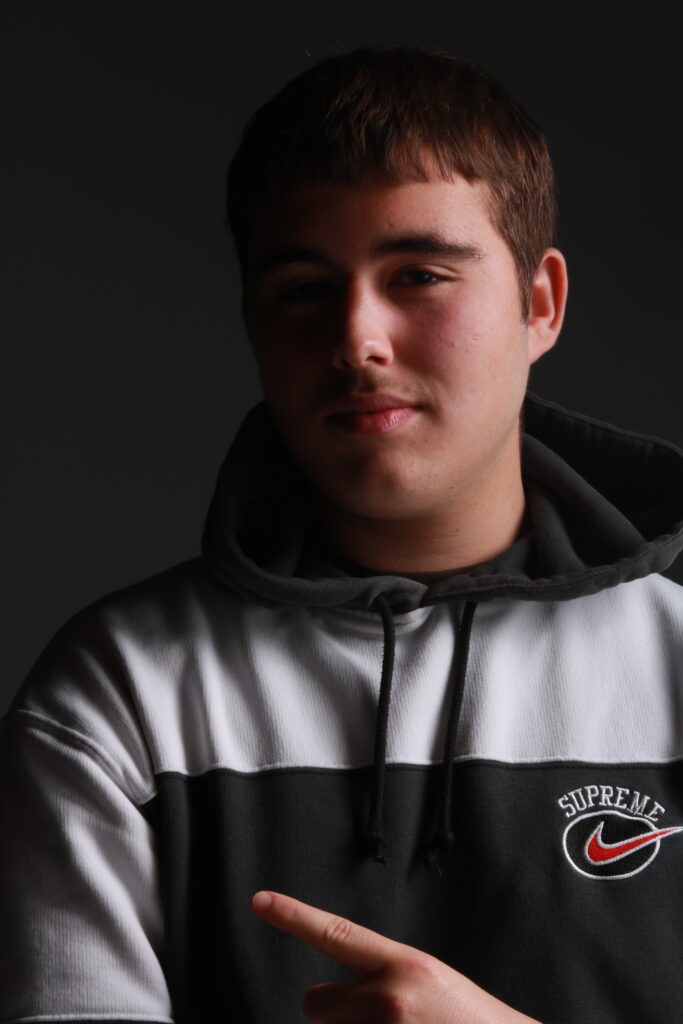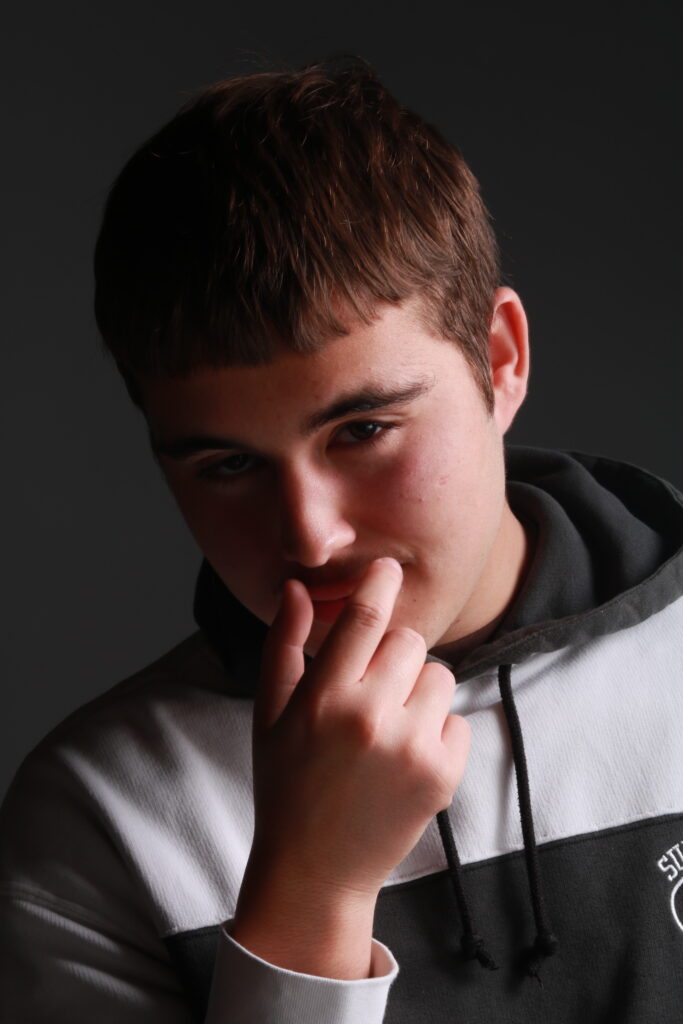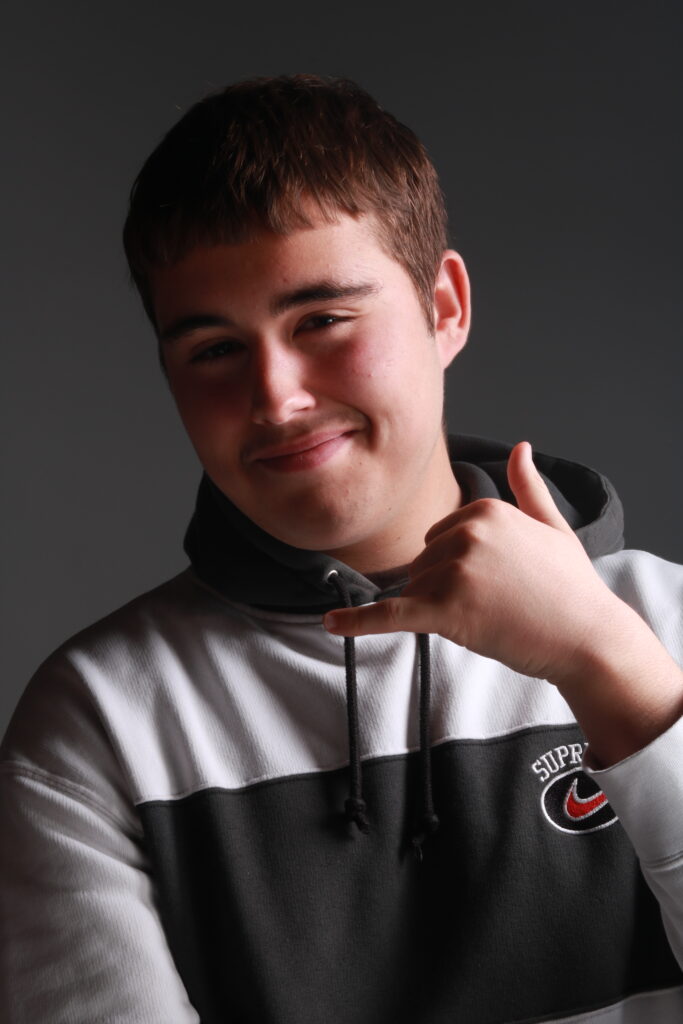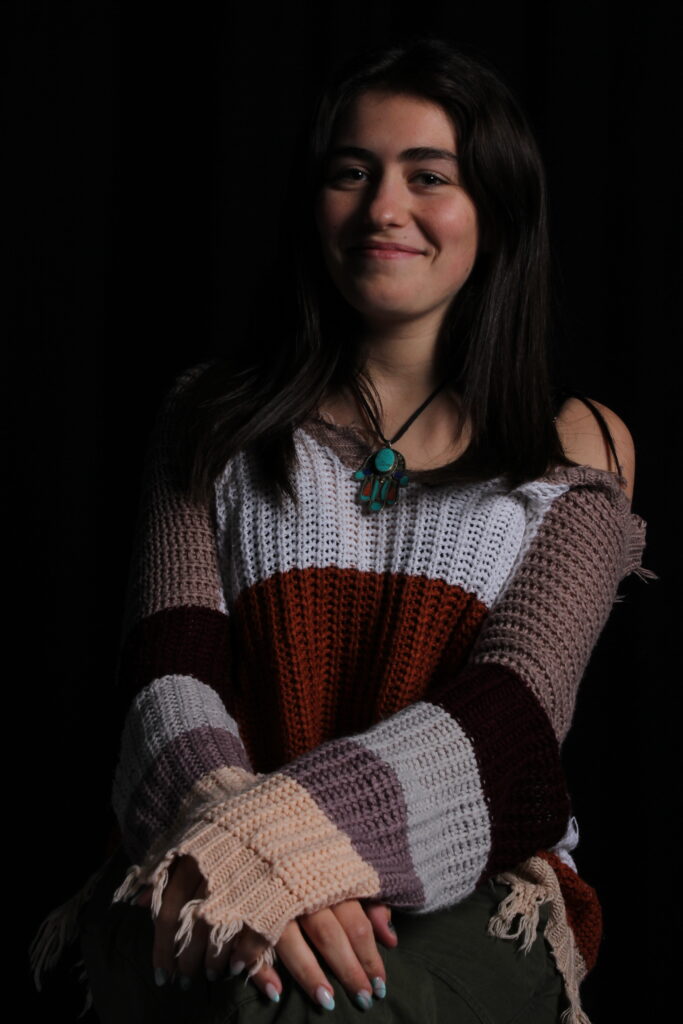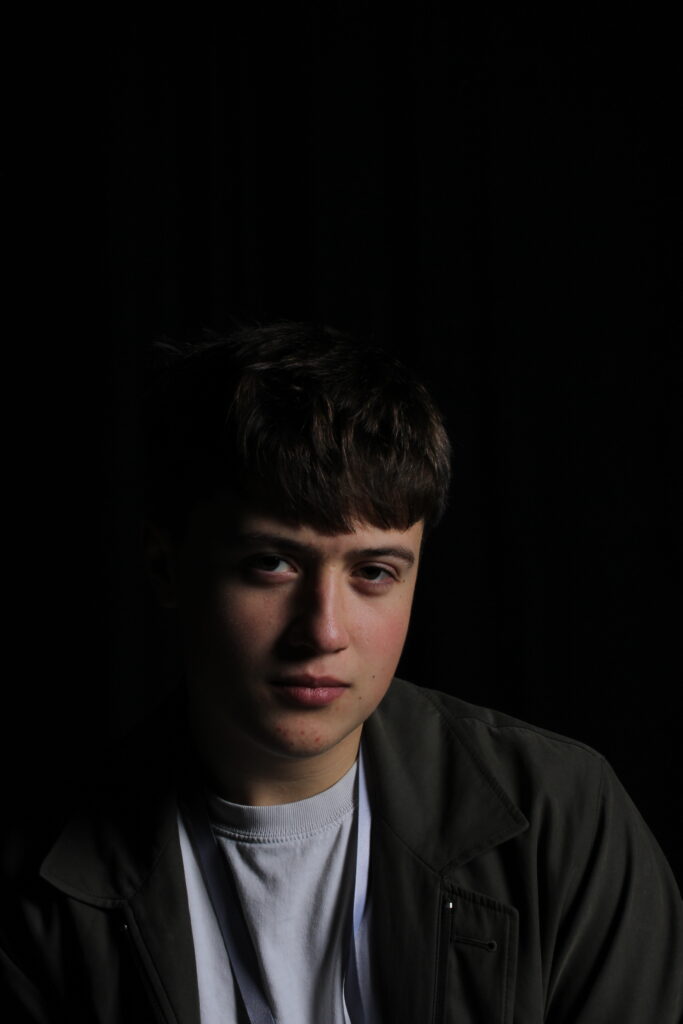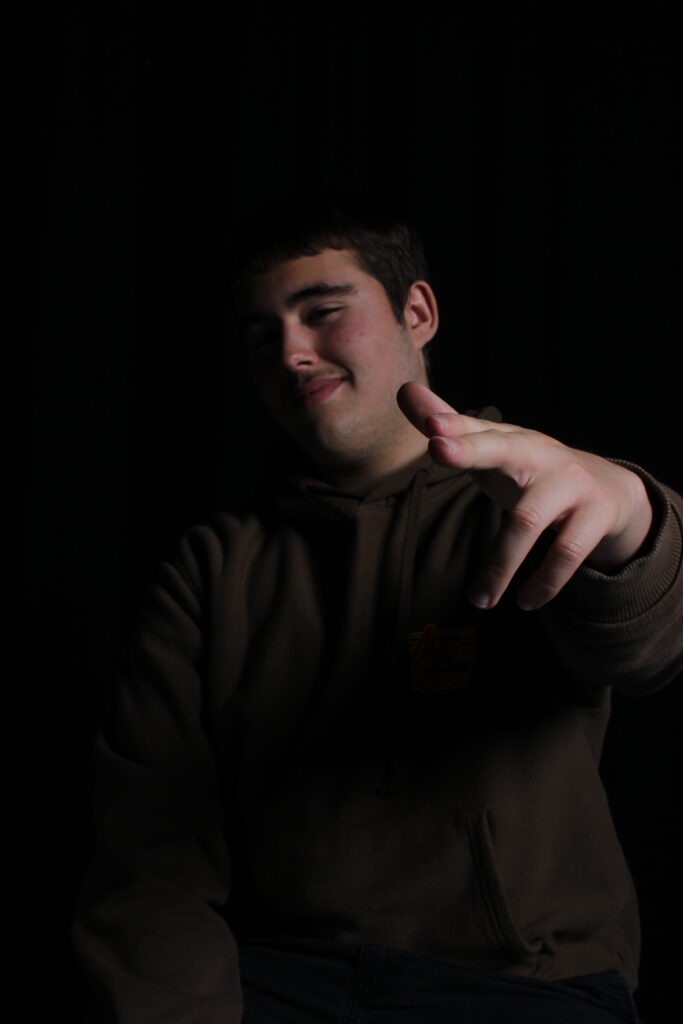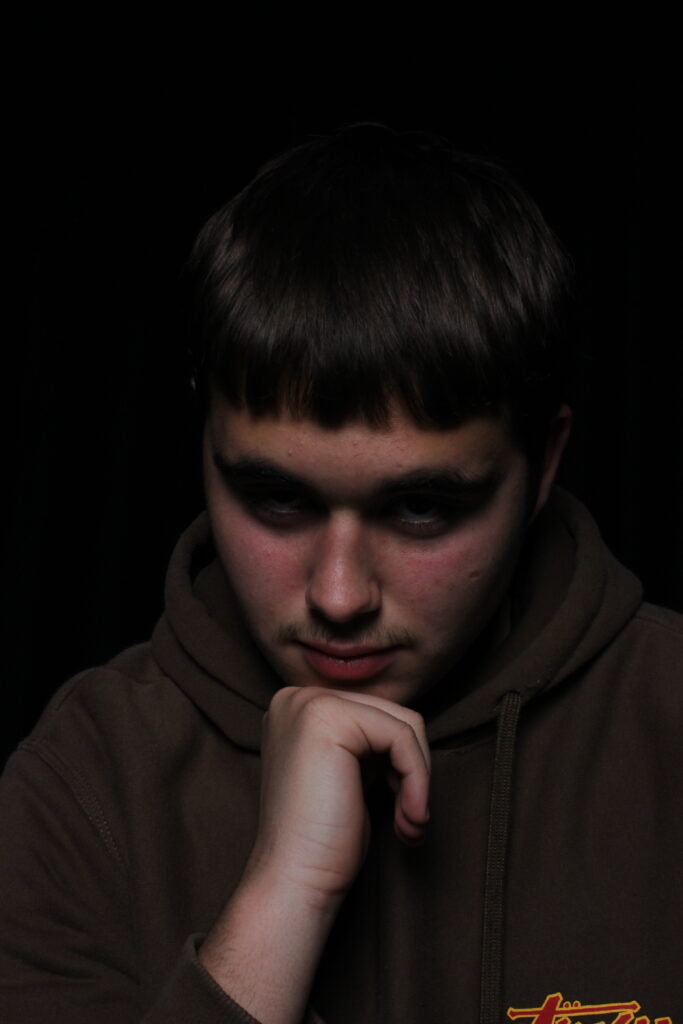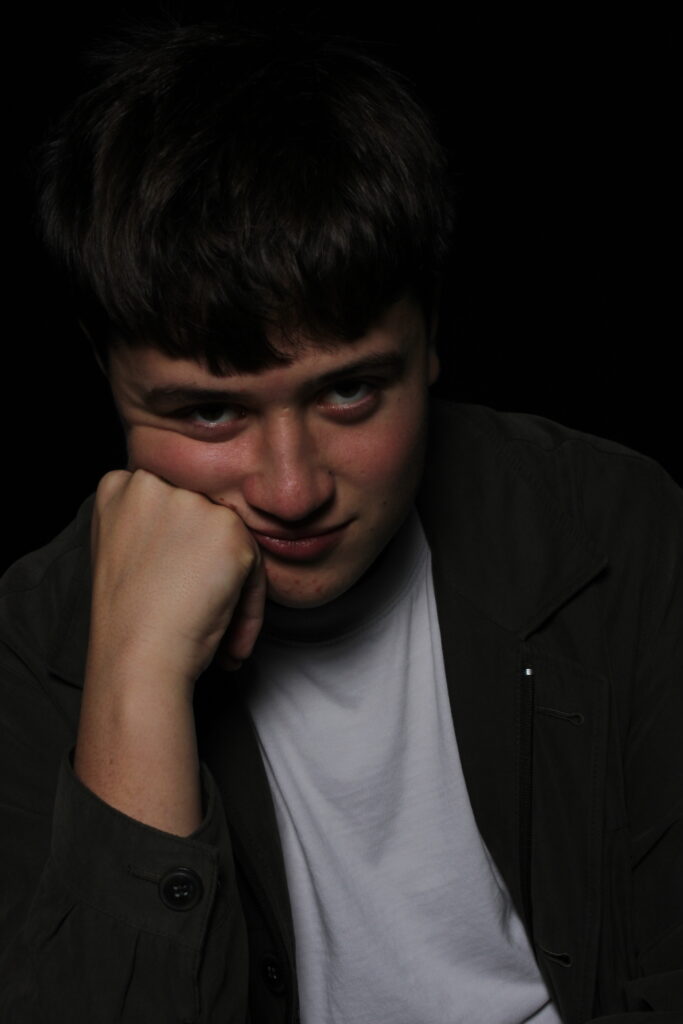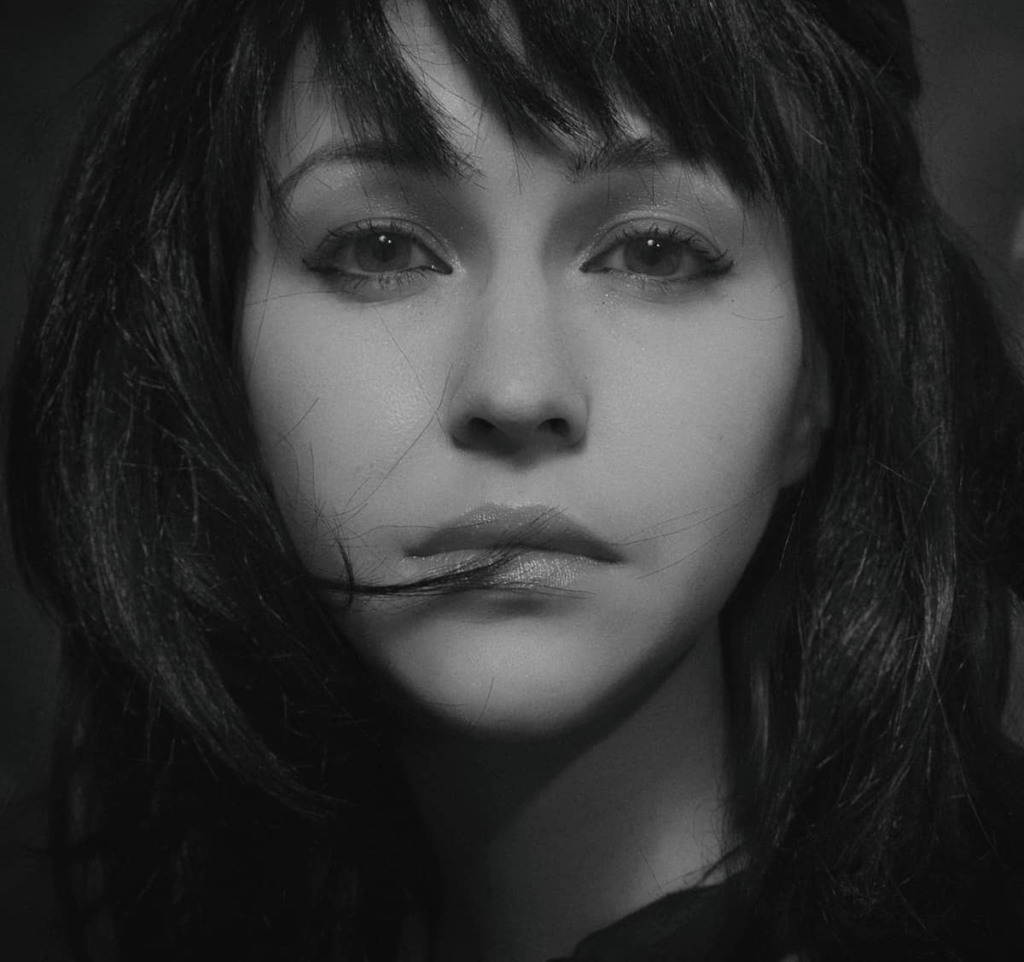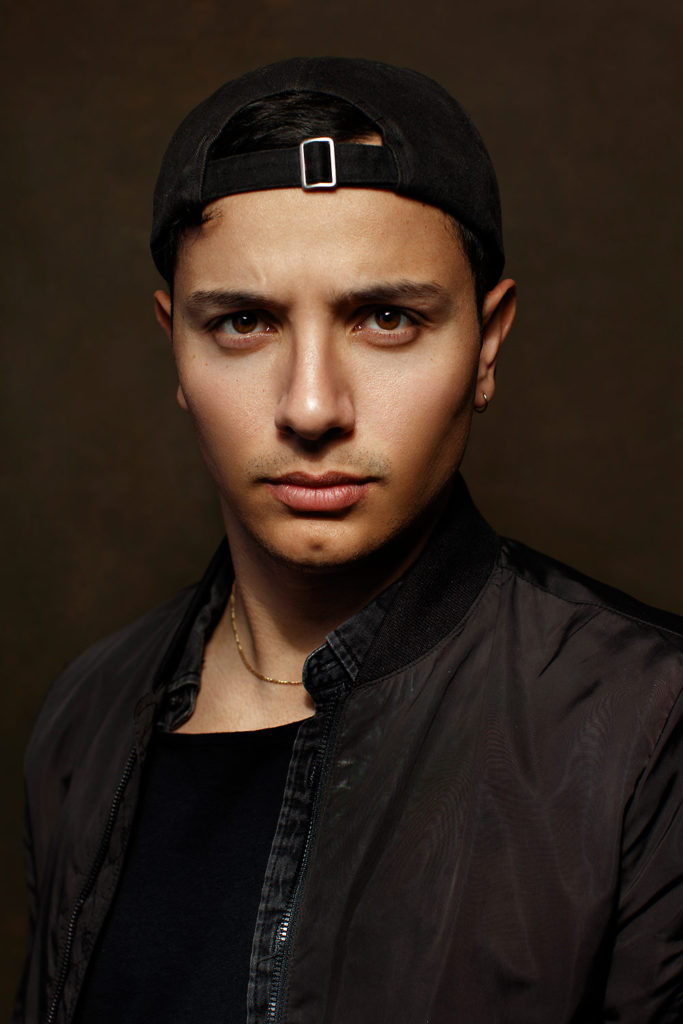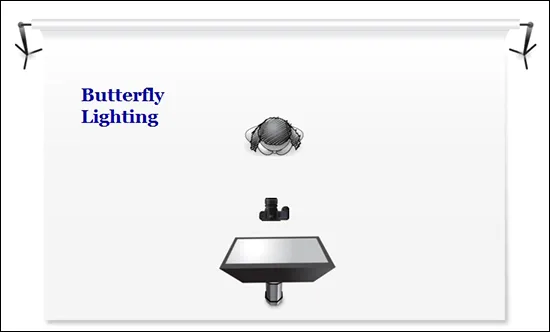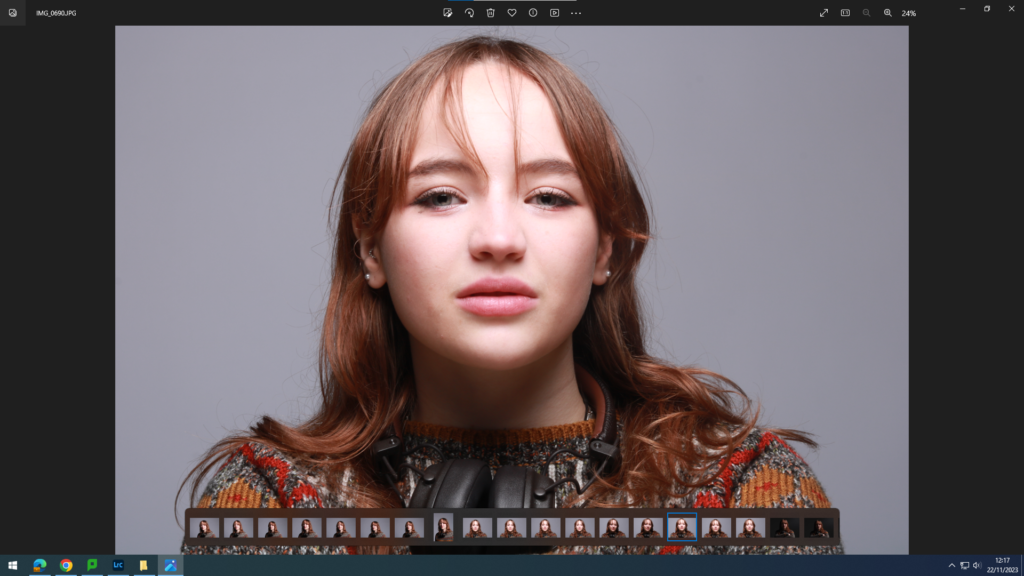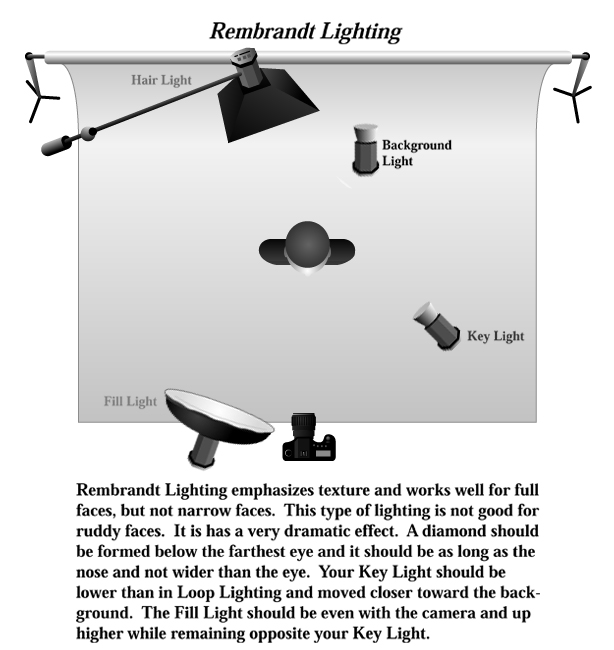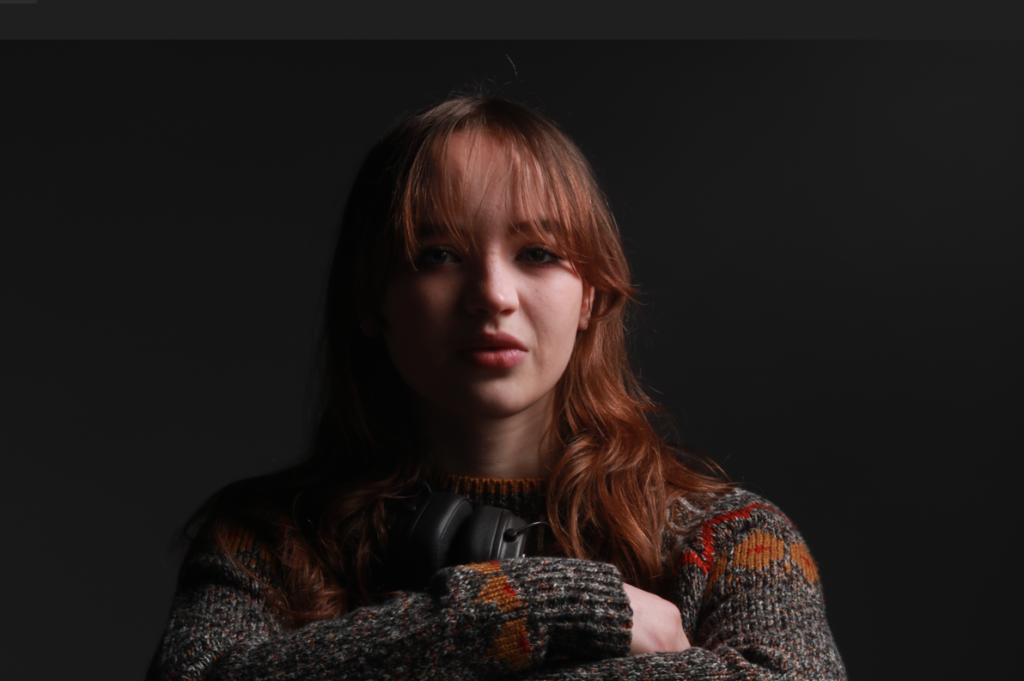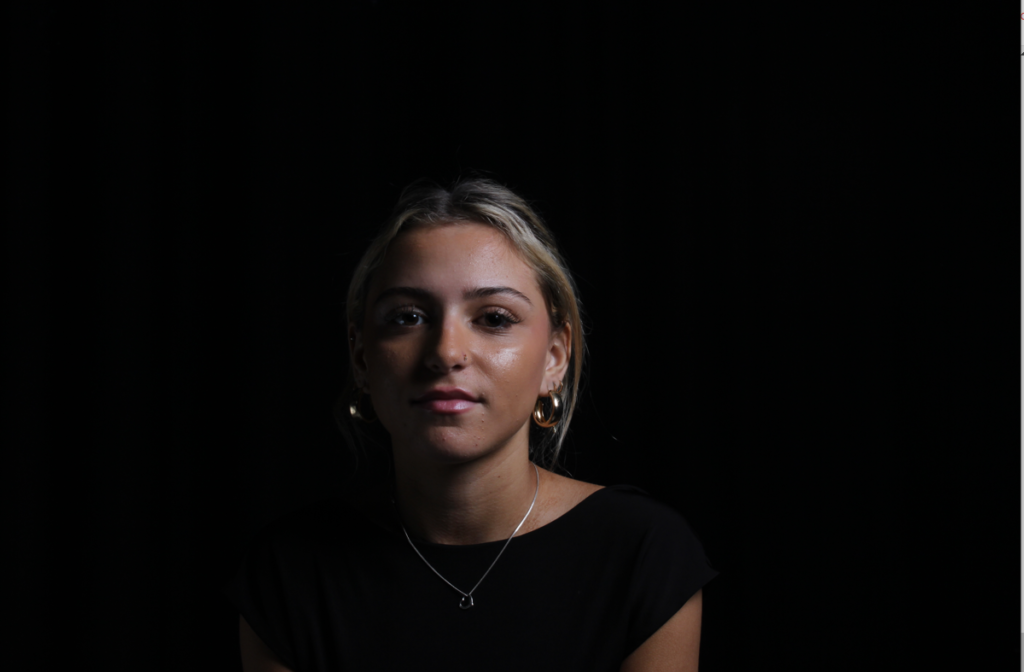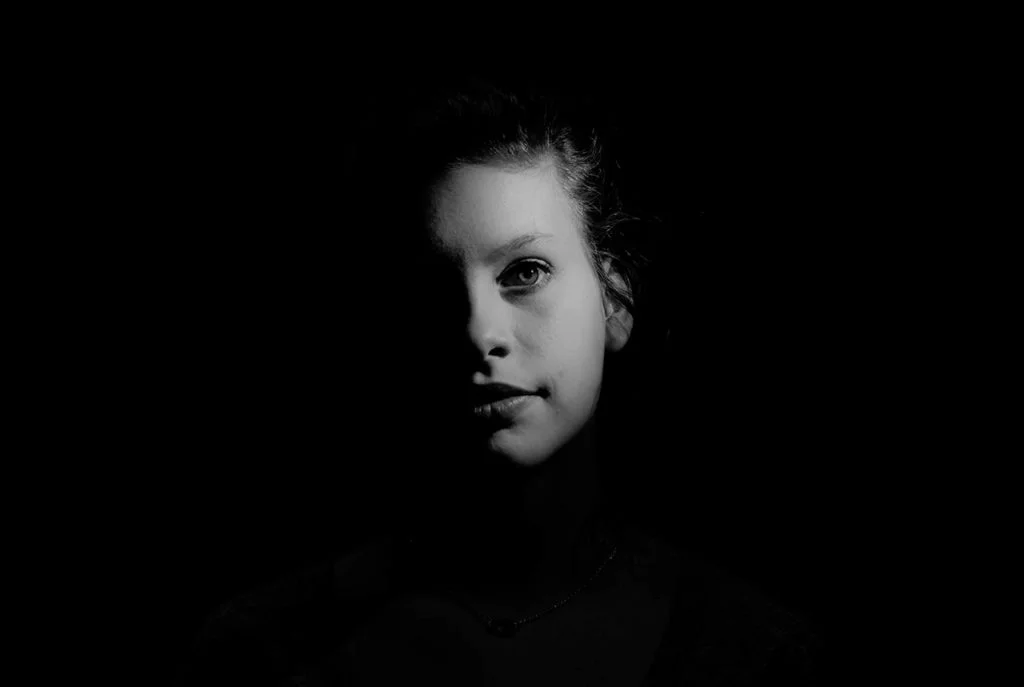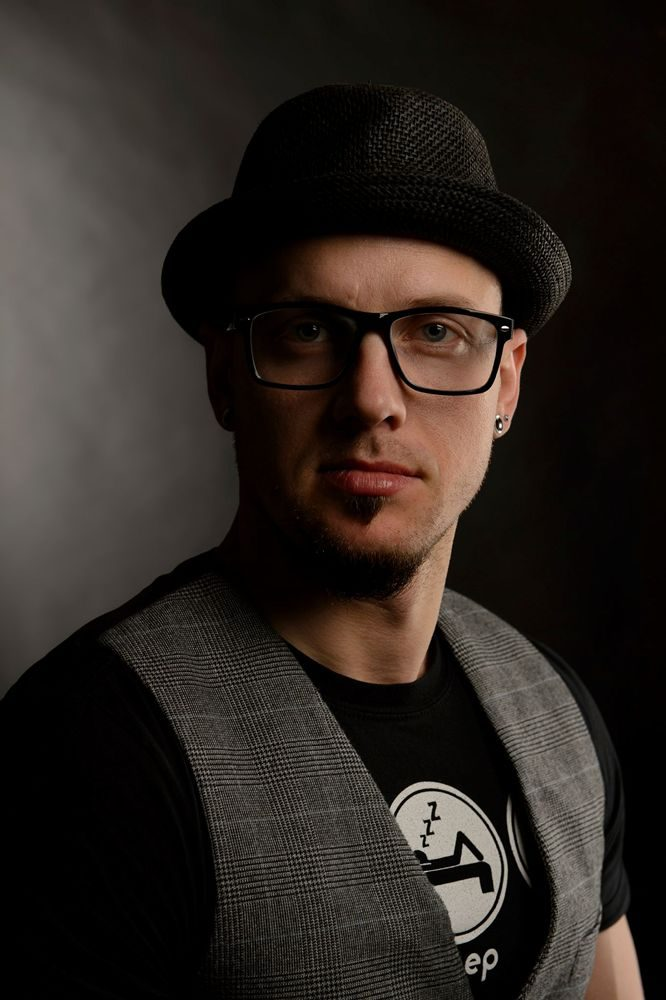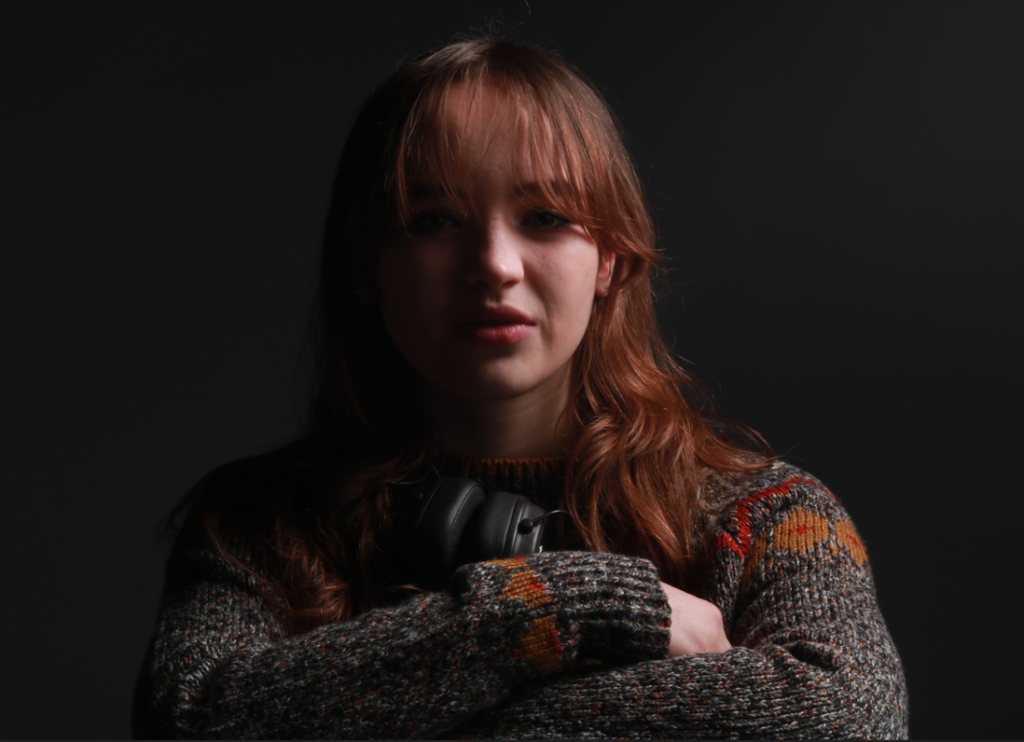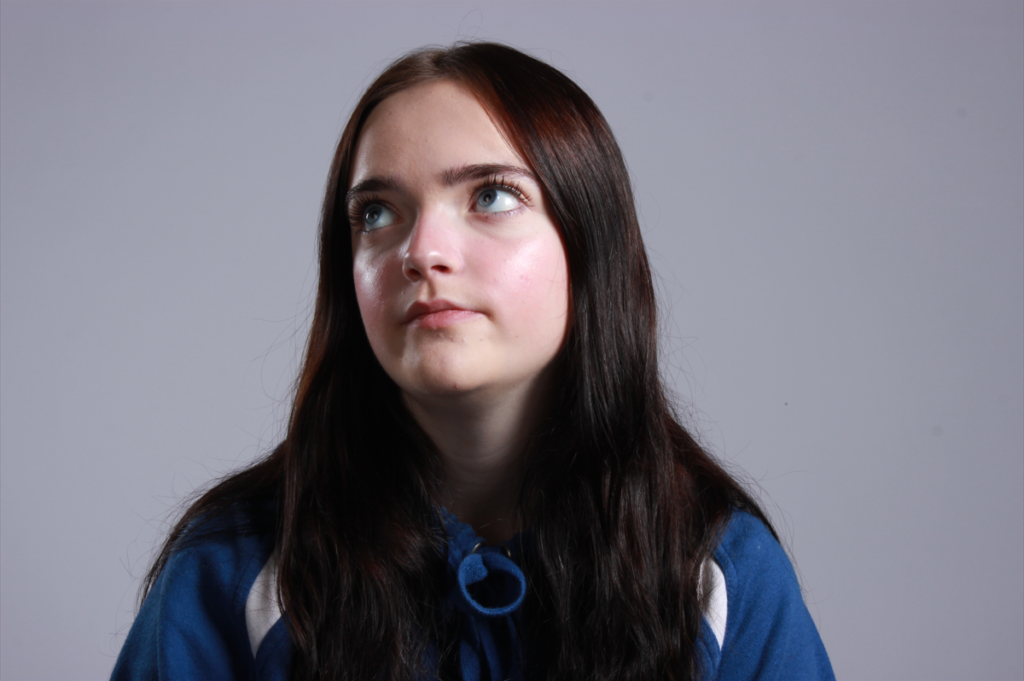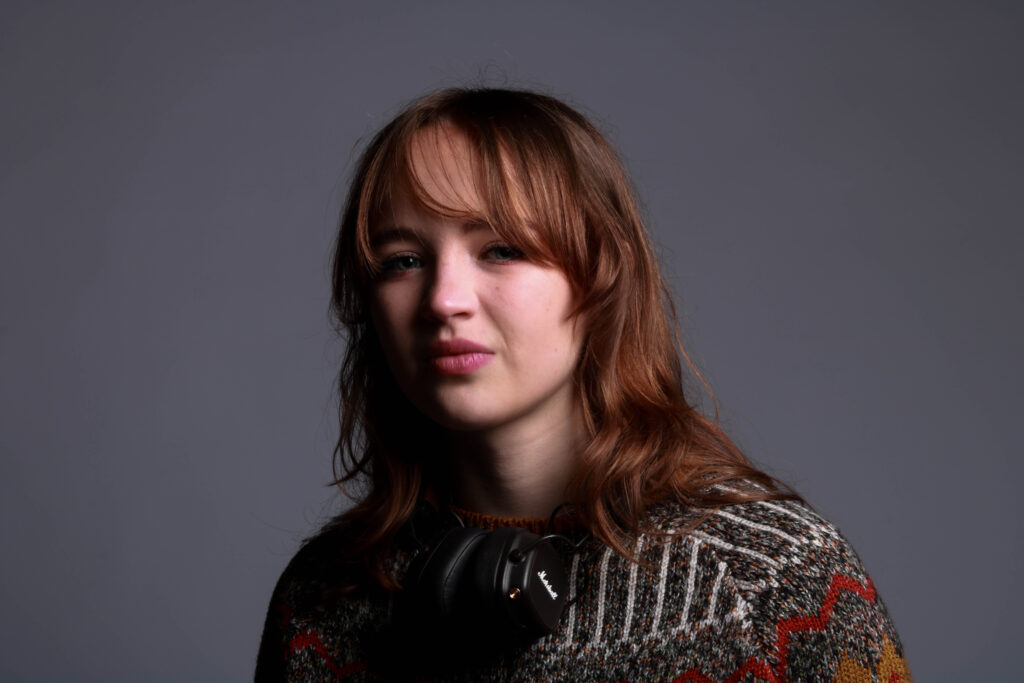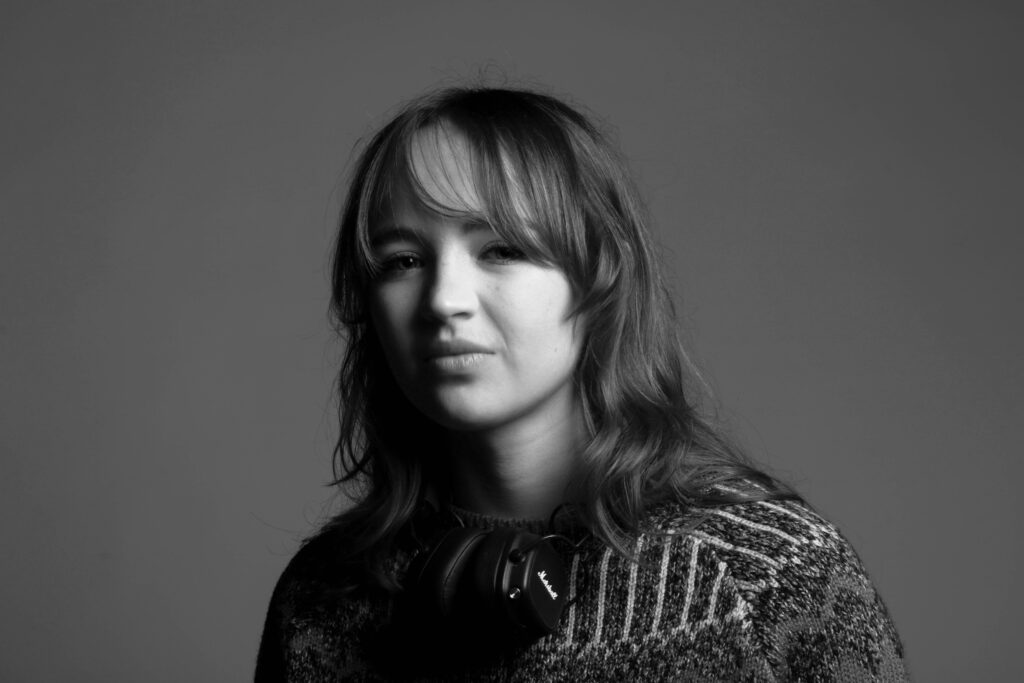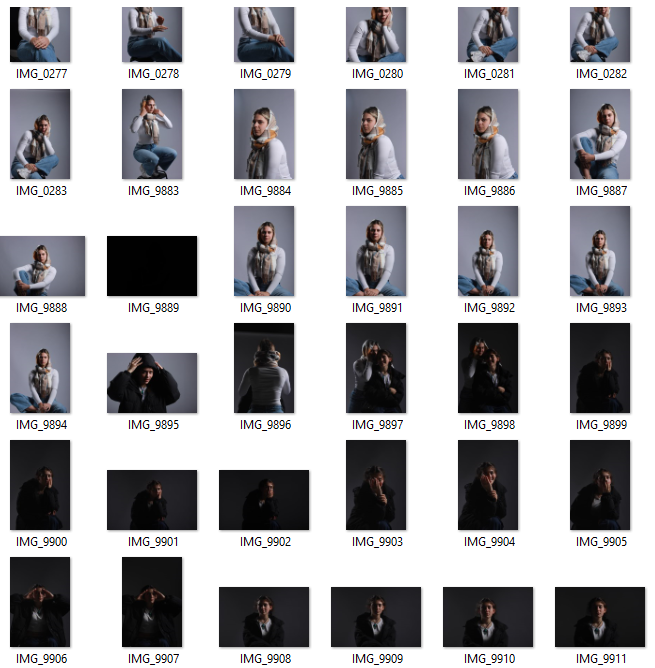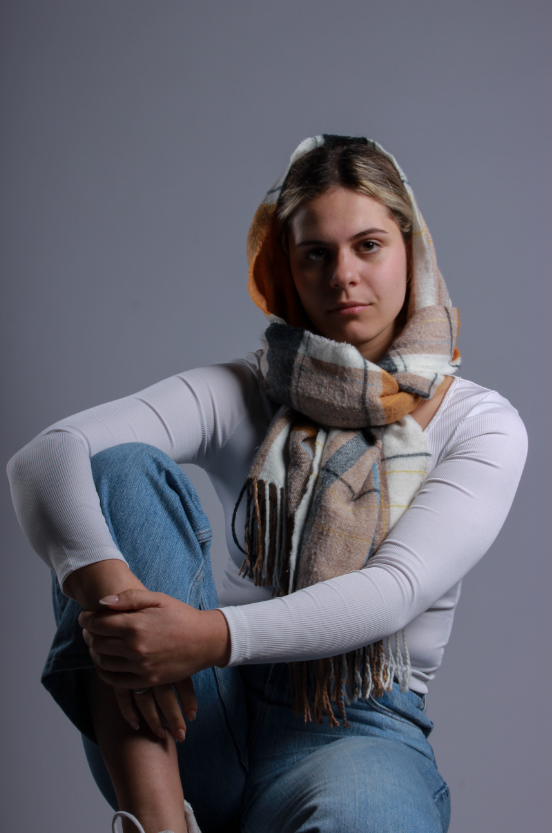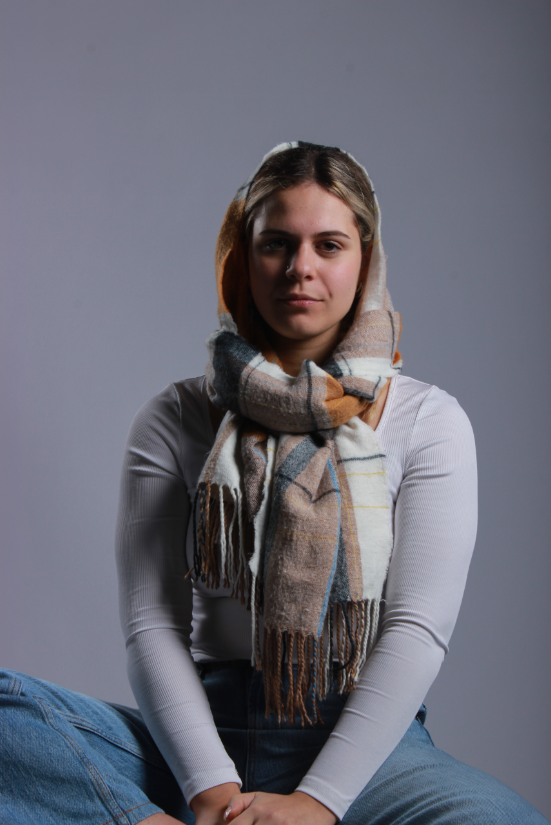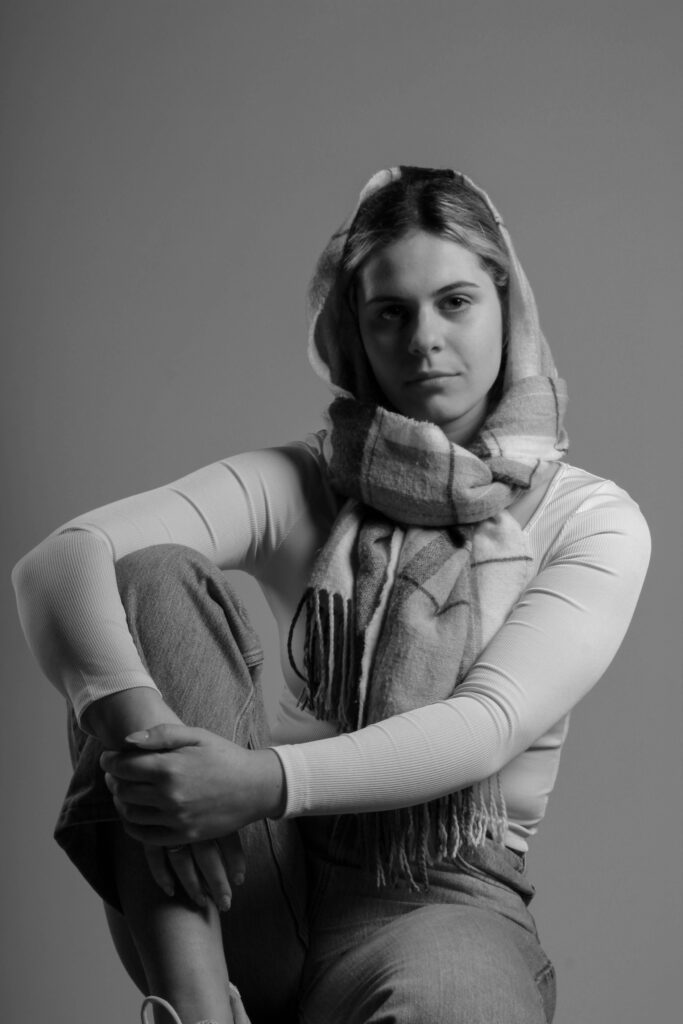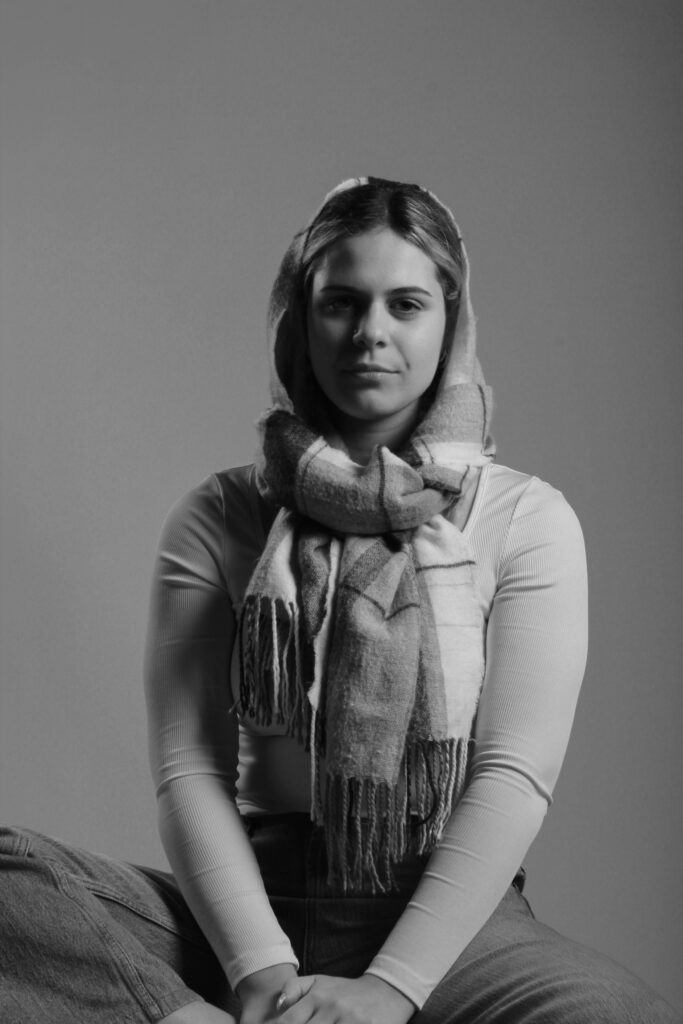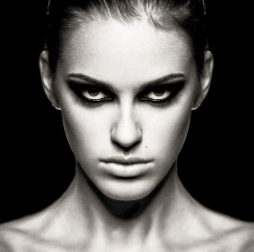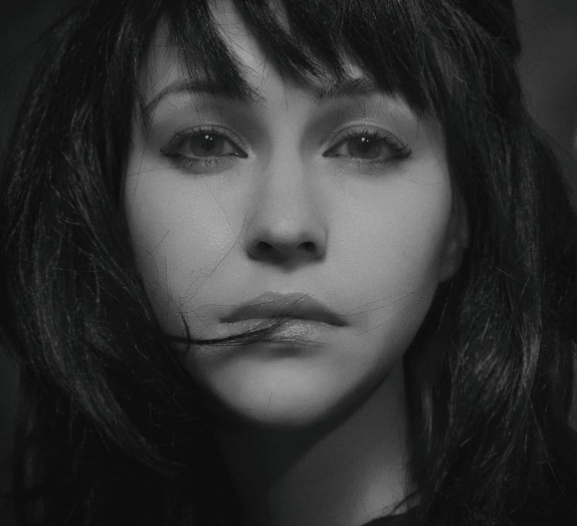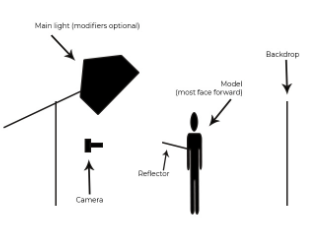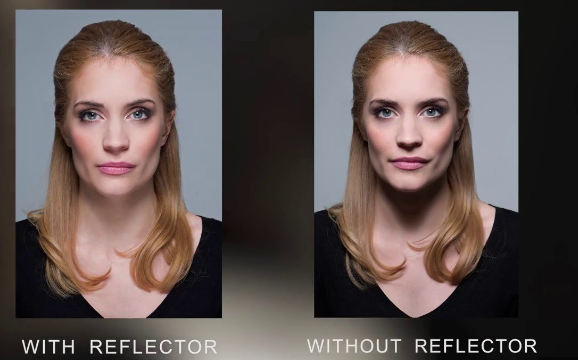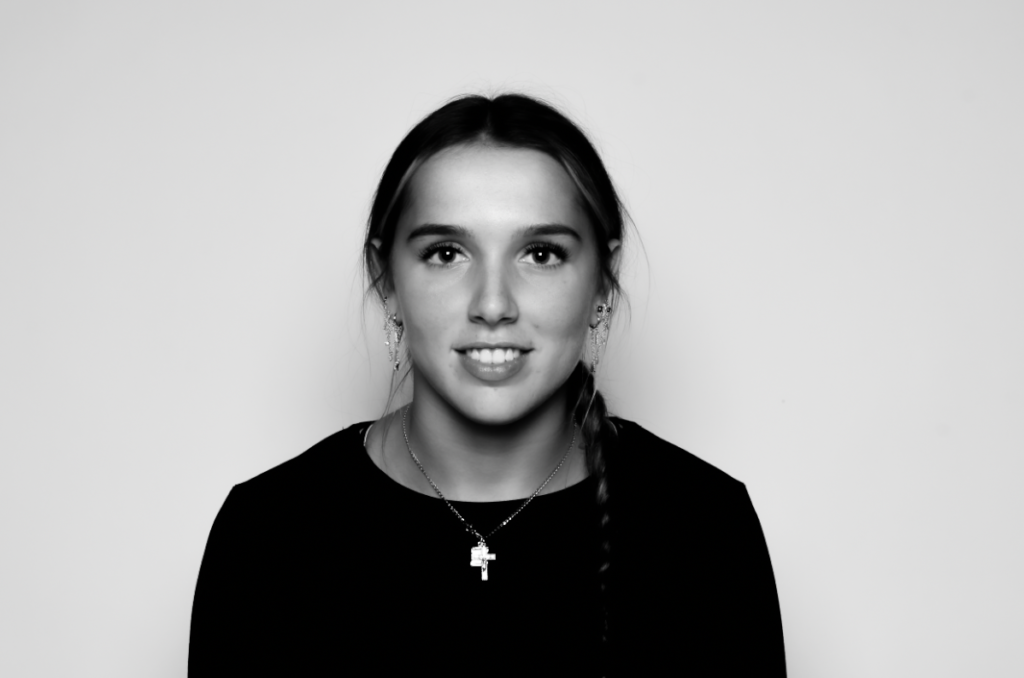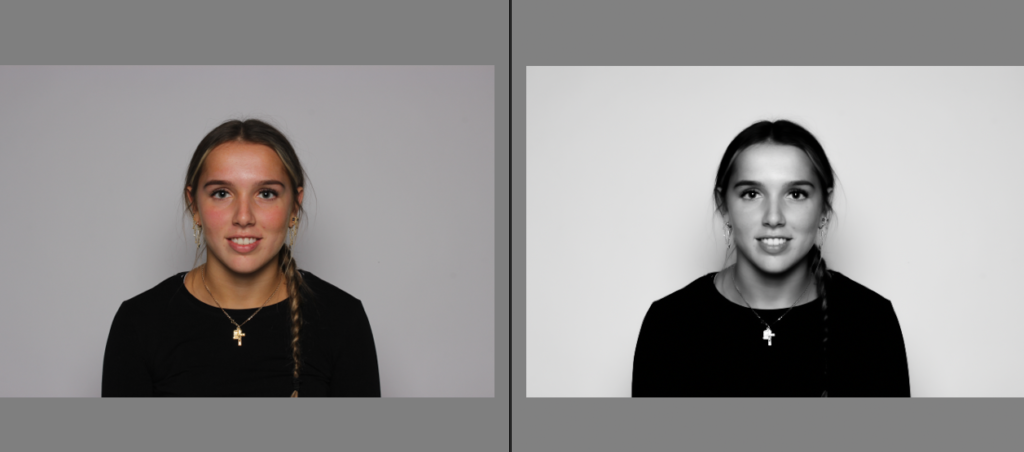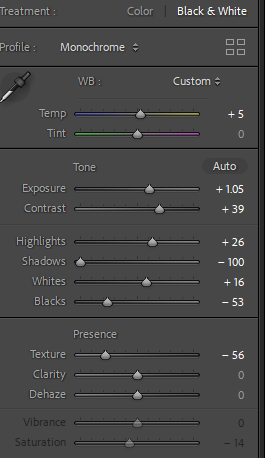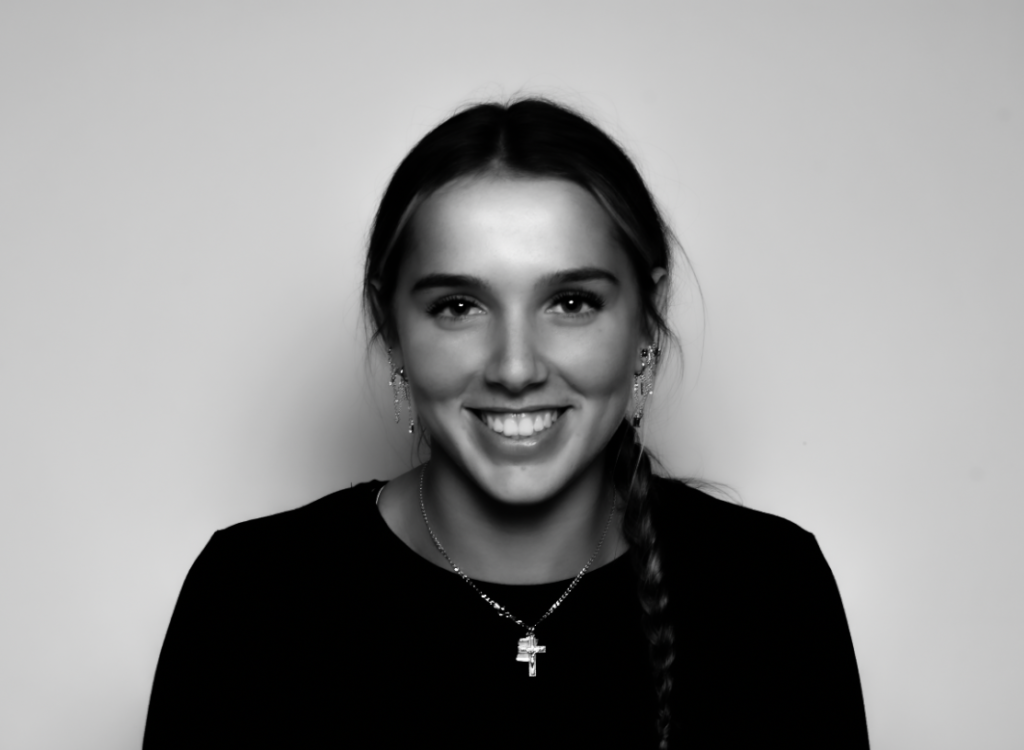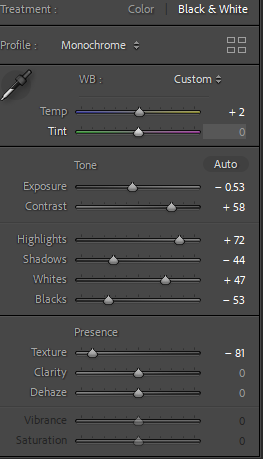Chiaroscuro lighting is a high-contrasting light technique that utilises a low-key lighting set up to achieve contrast between the subject and the dark background. Window light is the most accessible for this technique, as it focuses on only half of the models face being seen. By using window light, the photographer is able to enhance the exposure to avoid any distraction in the background of the photo. This helps keep the spotlight on the model. The window must be the only source of light when using this technique, if there is other background lighting then the focus will drift from the model into the background.
This technique is mainly used in film to create striking images or evoke a certain feeling. The contrast between light and shade can help frame a subject more effectively. Drawing viewers eyes to things they would not usually focus on in the image. Chiaroscuro is a high-contrast lighting technique. Chiaroscuro uses a low key lighting setup, where a key light is used as the sole light source to achieve dark backgrounds with starkly lit subjects.
Chiaroscuro simply means is ‘ the use of strong contrasts between light and dark, usually bold contrasts affecting a whole composition. ‘
Chiaroscuro provides a sense of drama and intensity that remains striking today
Examples of Chiaroscuro Lighting:


Lighting set up:
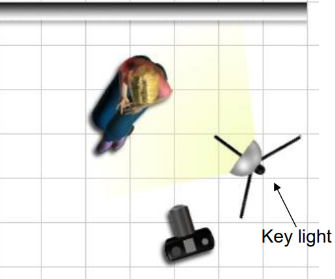
For this effect, you light across your subject in one direction, and here we lit the background in the reverse direction. Ideally, the subject should go to black on the unlit side and the same for the background. Chiaroscuro lighting typically involves using a single, strong light source positioned at an angle to the subject. This directional light creates dramatic shadows and highlights.
Light – Chiaroscuro mainly uses one key light, and a variation using a reflector which helps deepen the contrast between the shadows.
My own photoshoots-
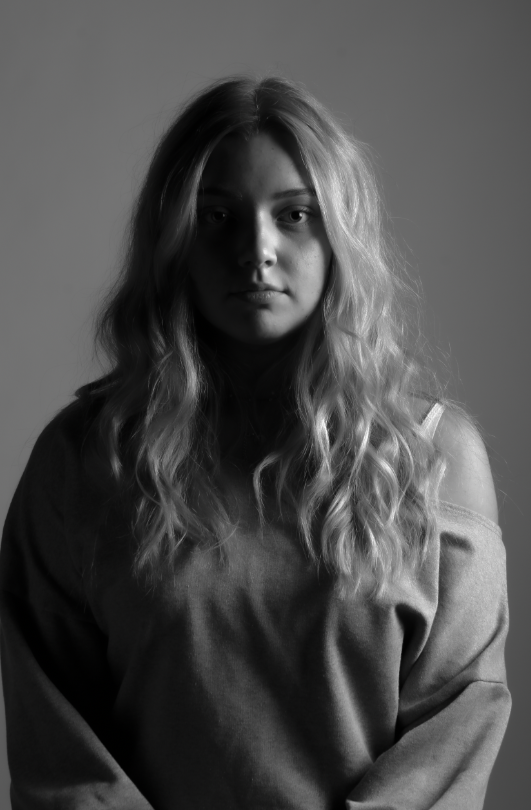
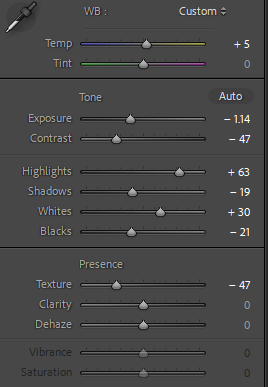

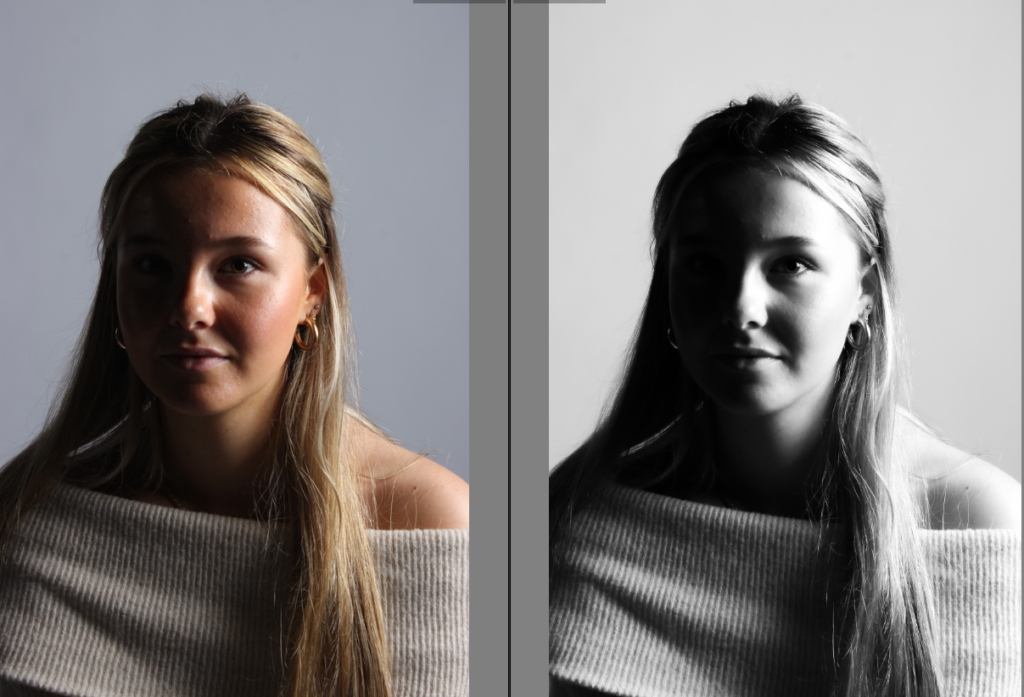

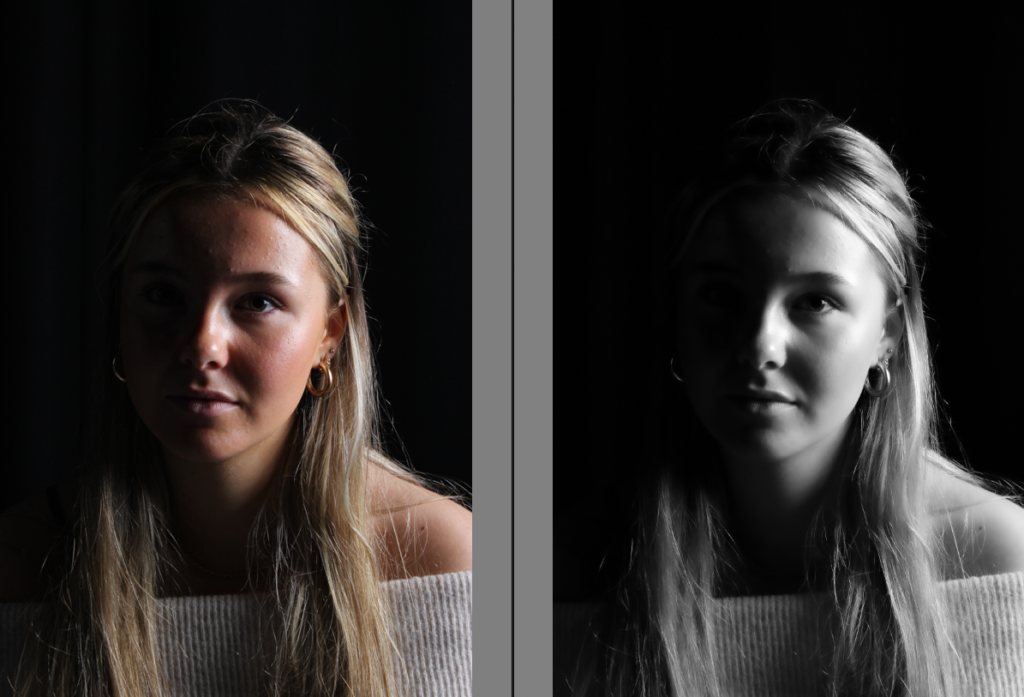
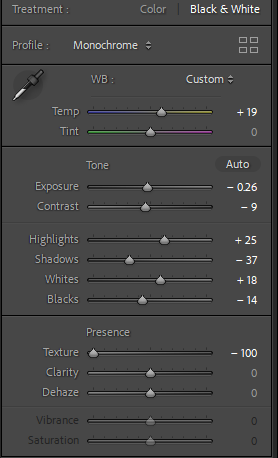
Overall, I am happy with these outcomes. They are definitely my most preferred out of all three styles of lightings as I personally think we have got the closest to the correct lighting in this style. We experimented with a black and white backdrop as shown and not just a head shot but personally my favourite is with a black backdrop as the shadows blend in with the background which creates a unique effect and looks more professional. I edited the images to create more depth of the shadows but still keeping it light and bright. One benefit of this technique is if the model prefers one side of their face and also creates a dramatic significant effect. One side of their face is almost gone from the shadows but definitely black drops are my favourite which links to the famous work above as they have also used black backgrounds.


